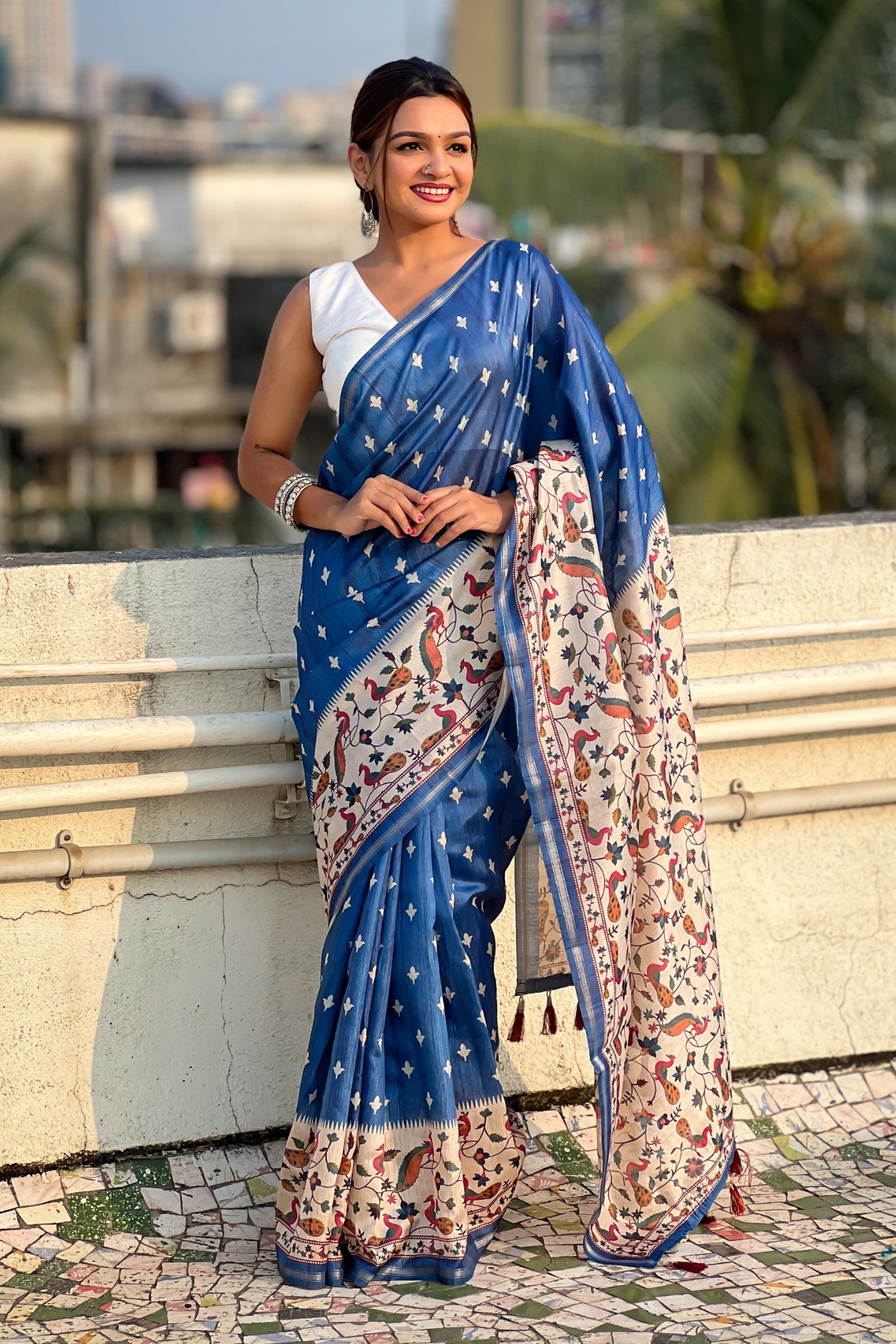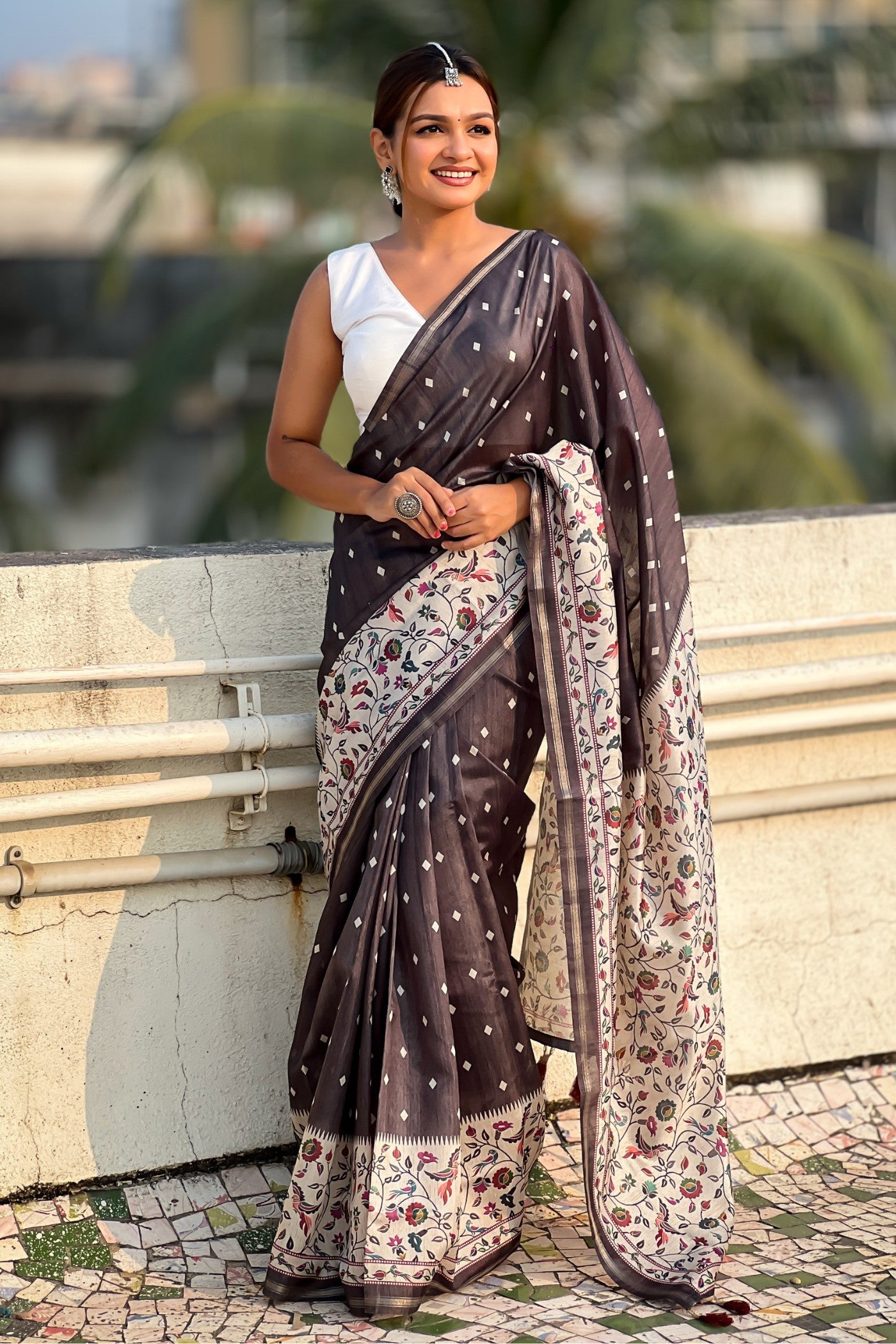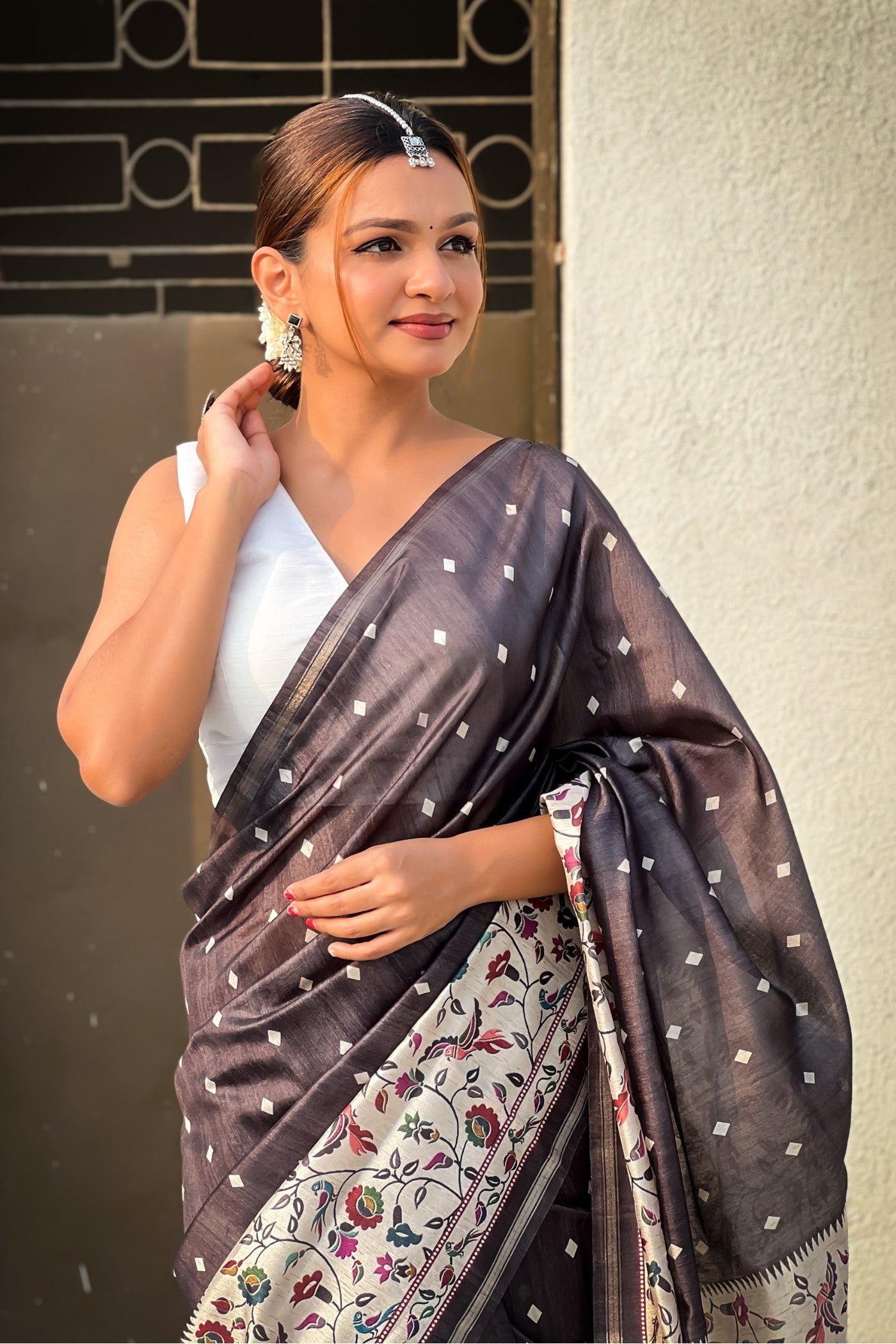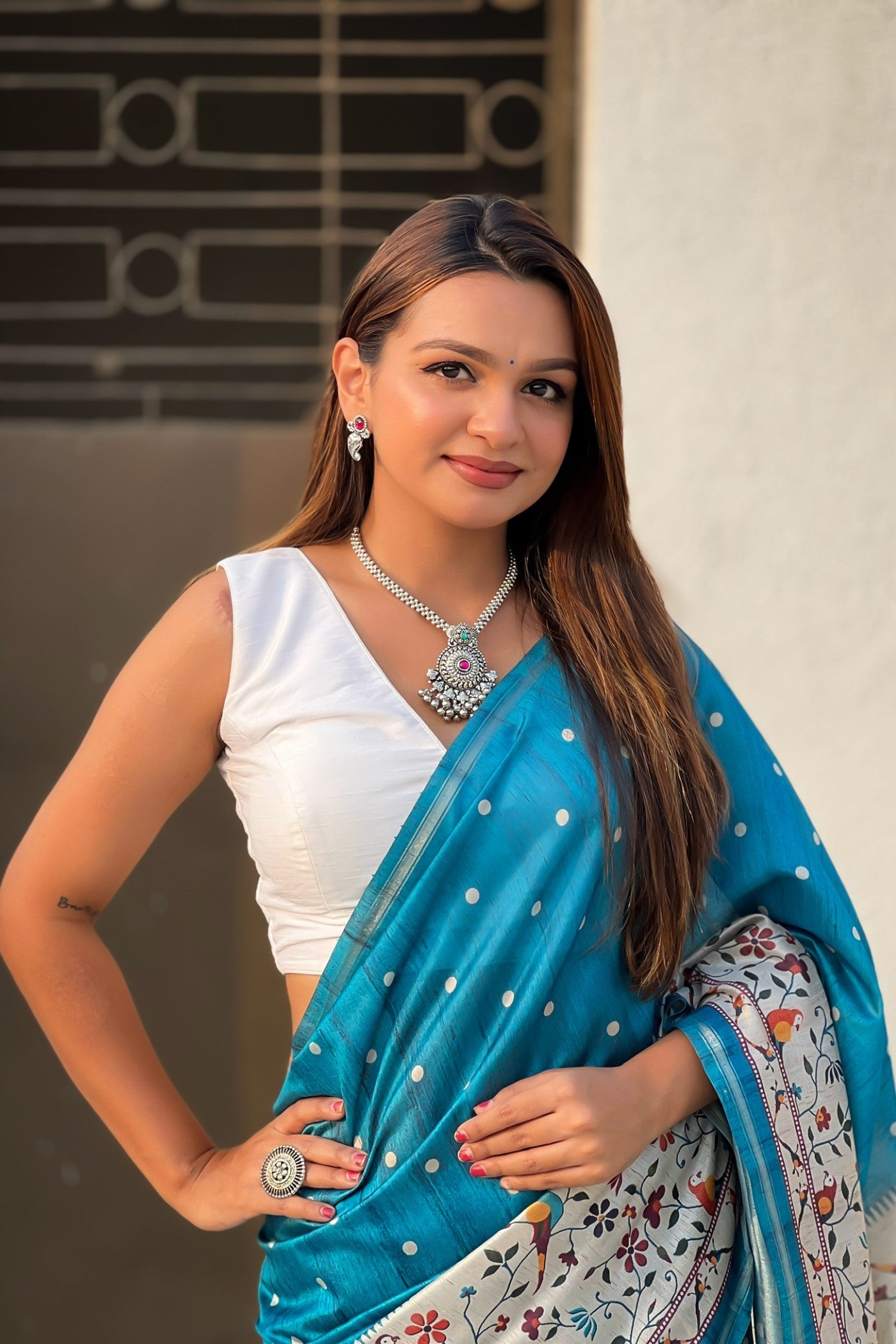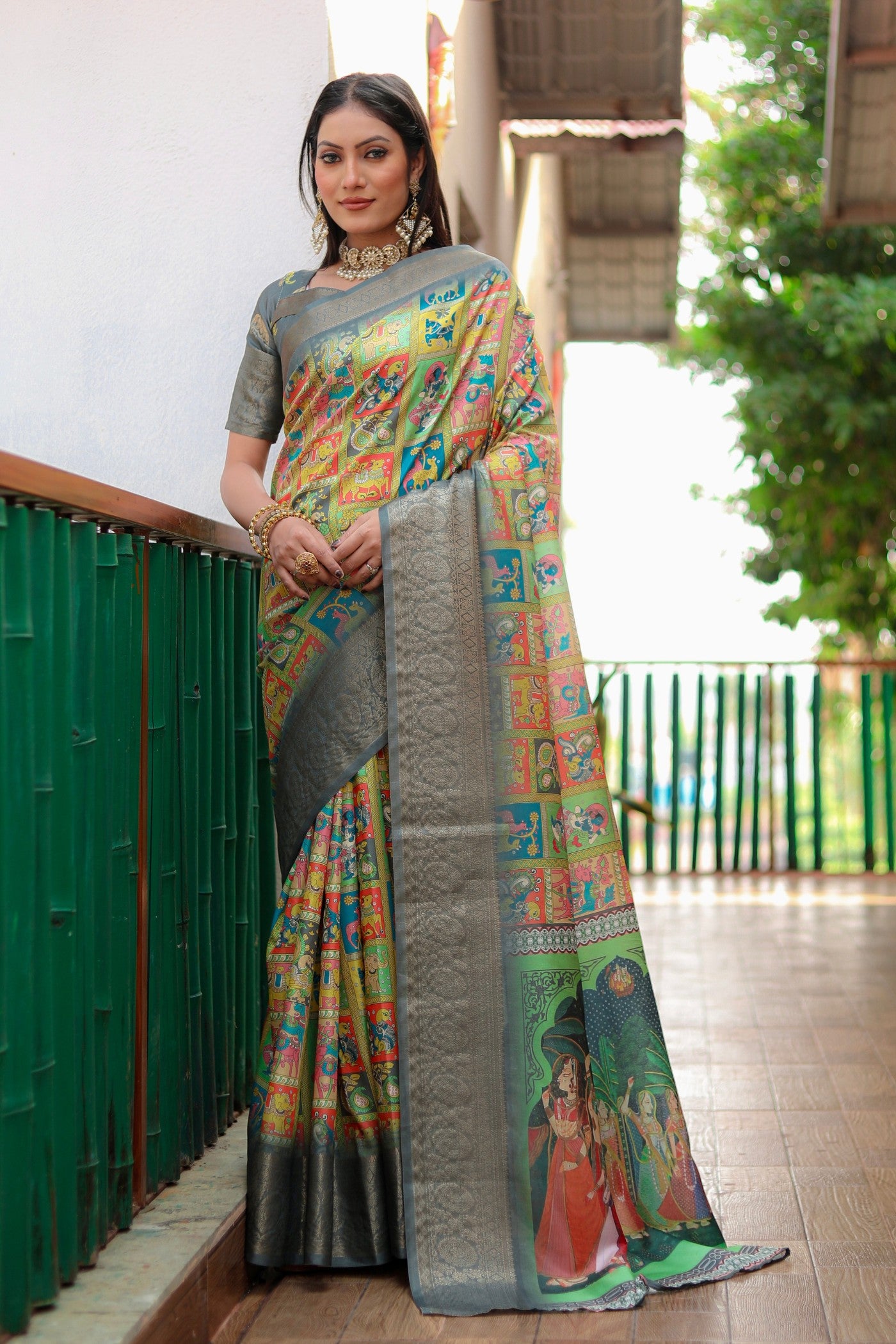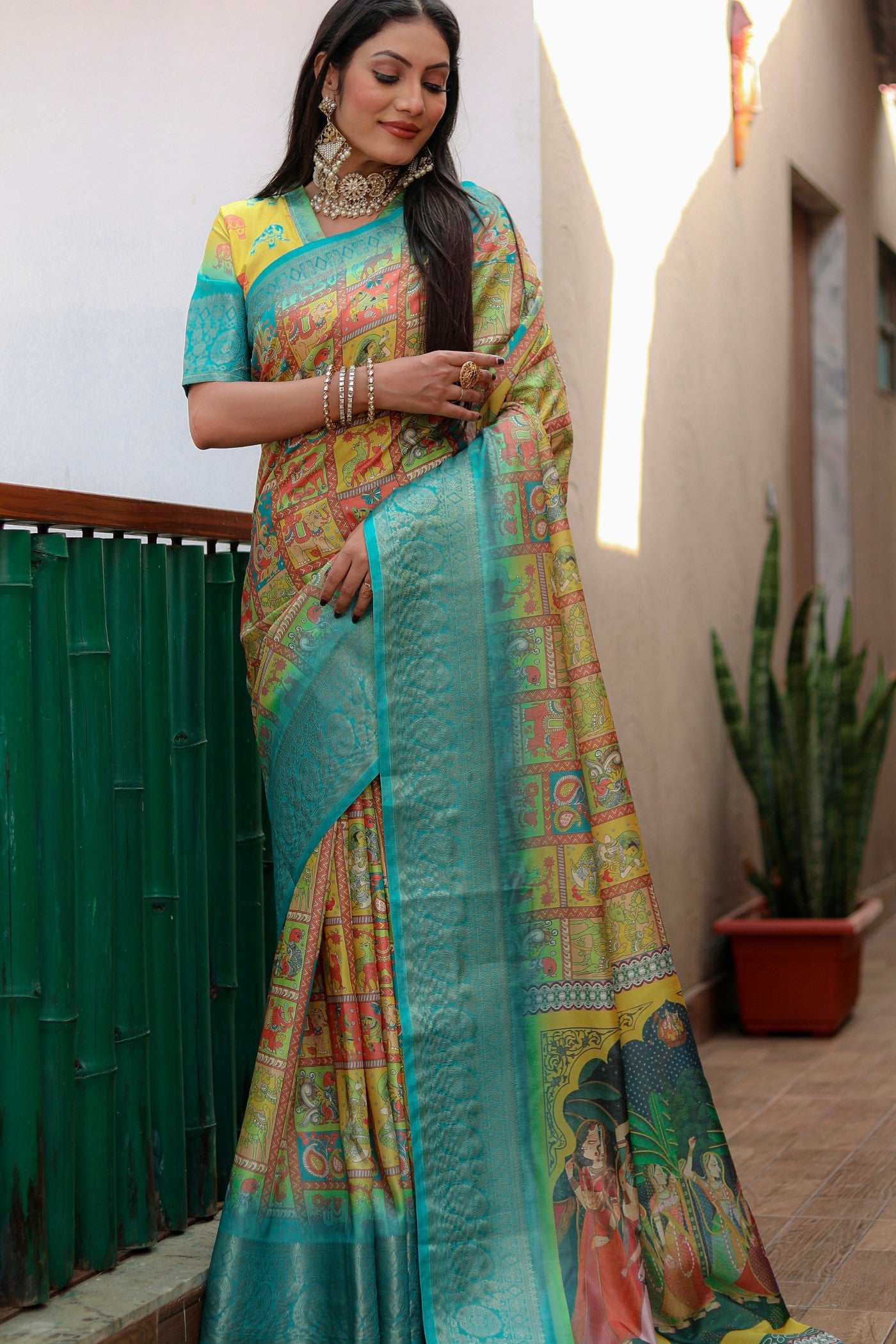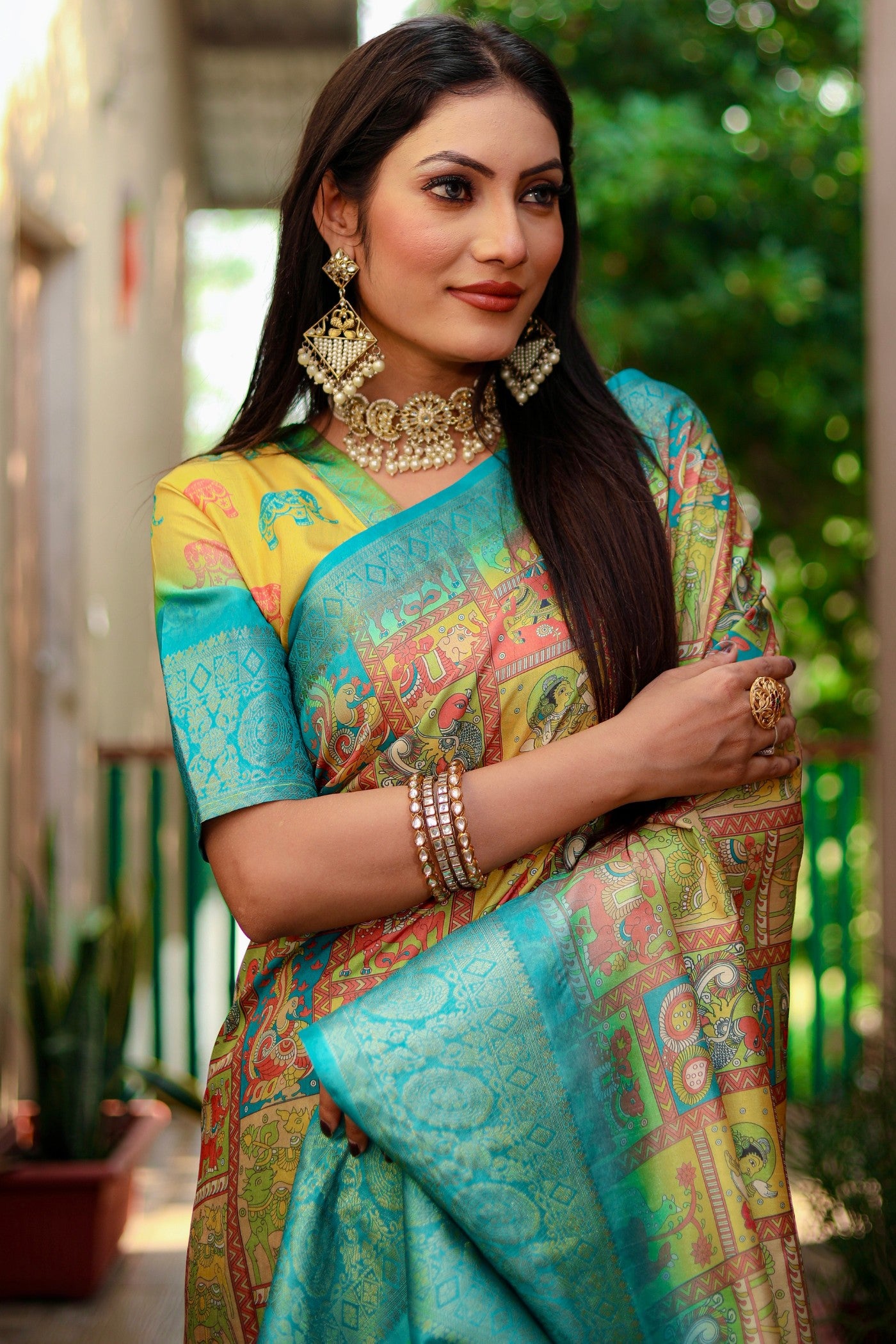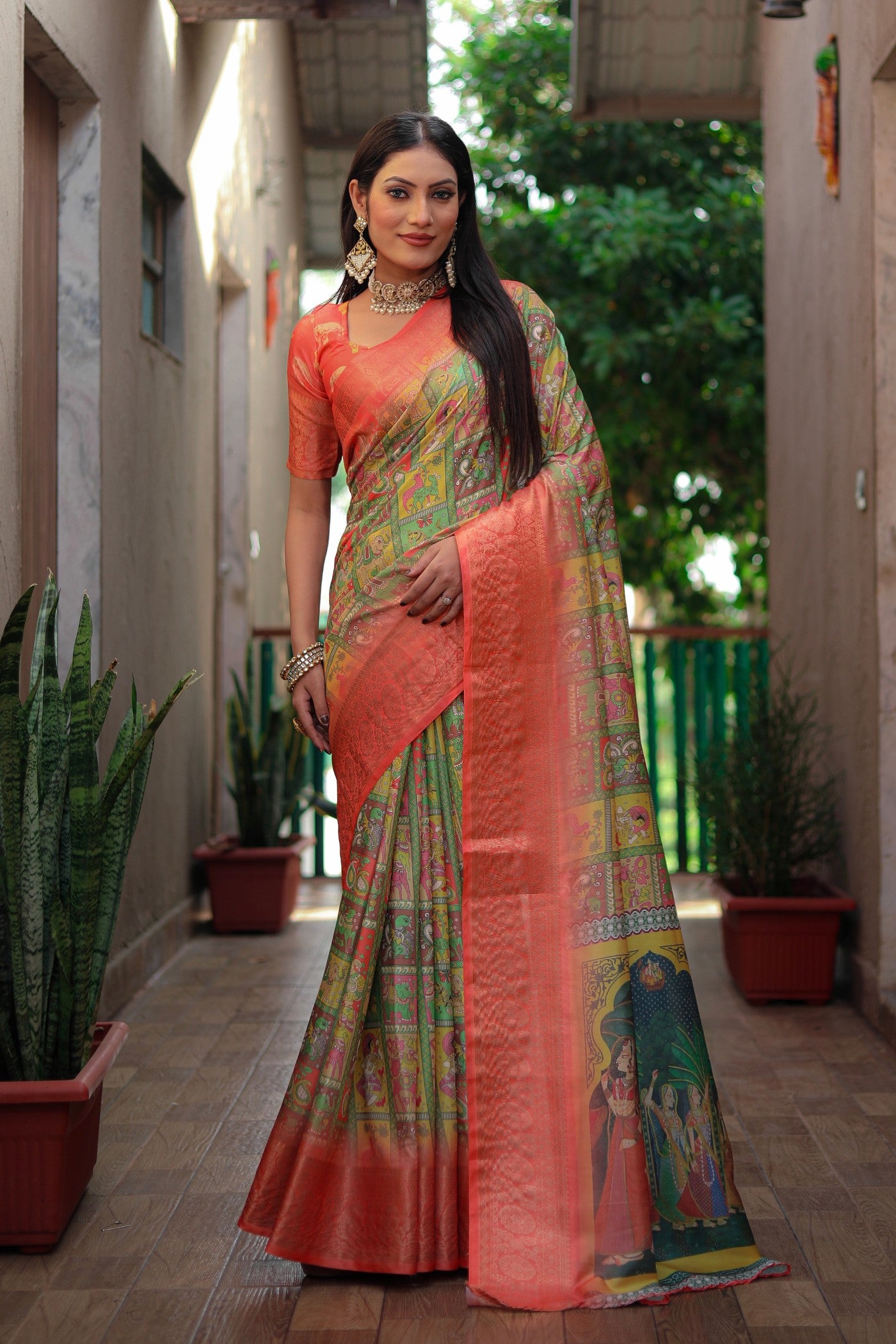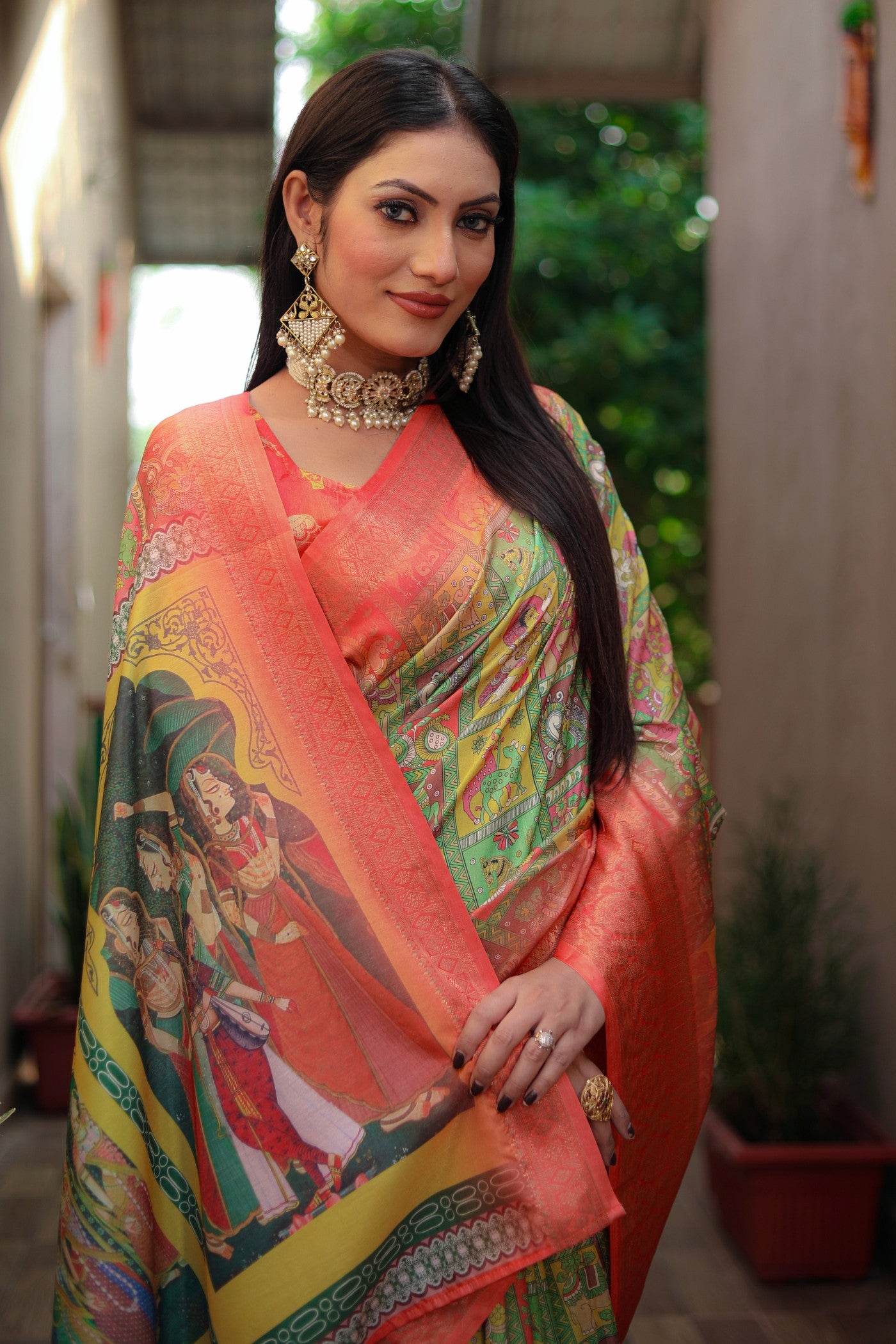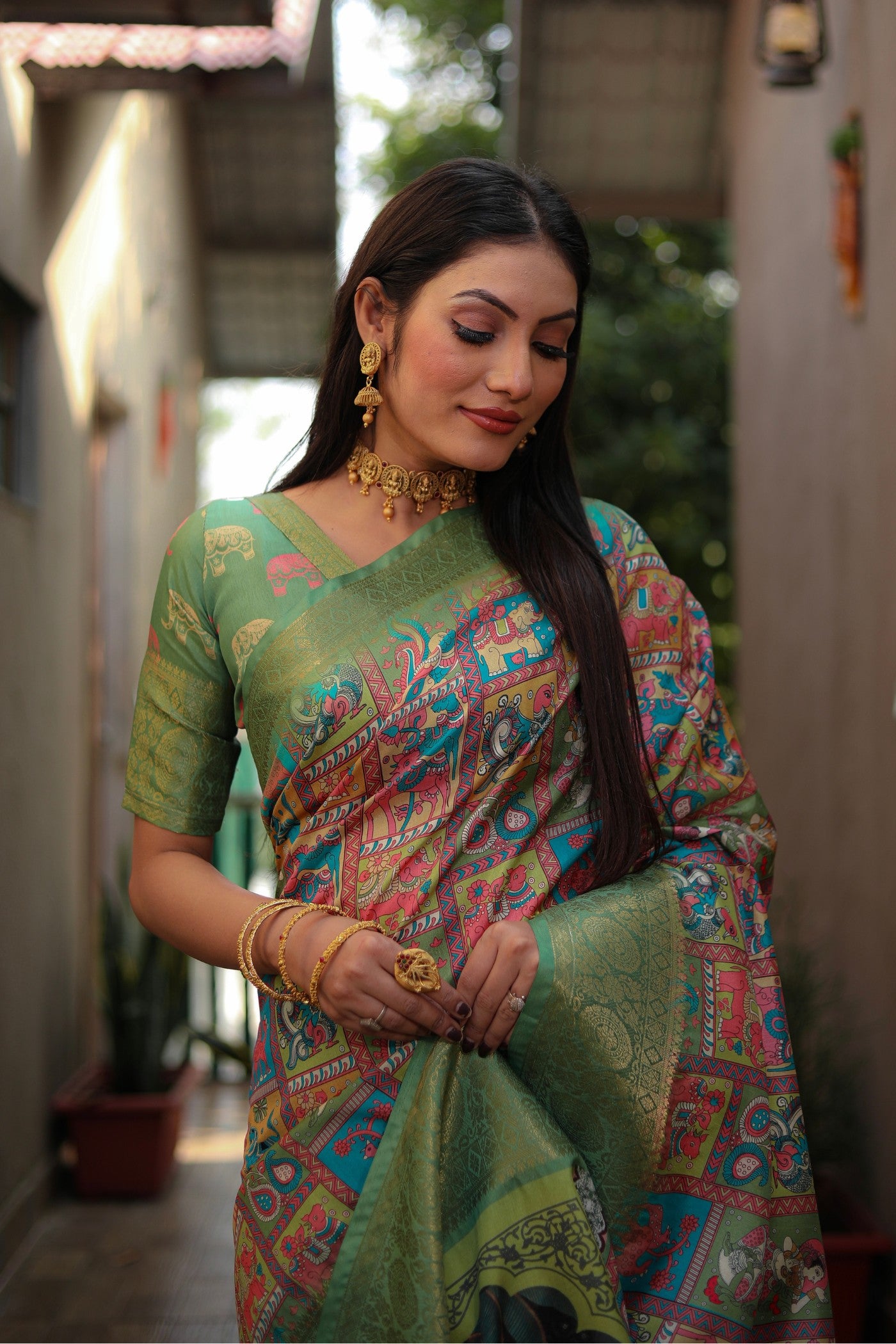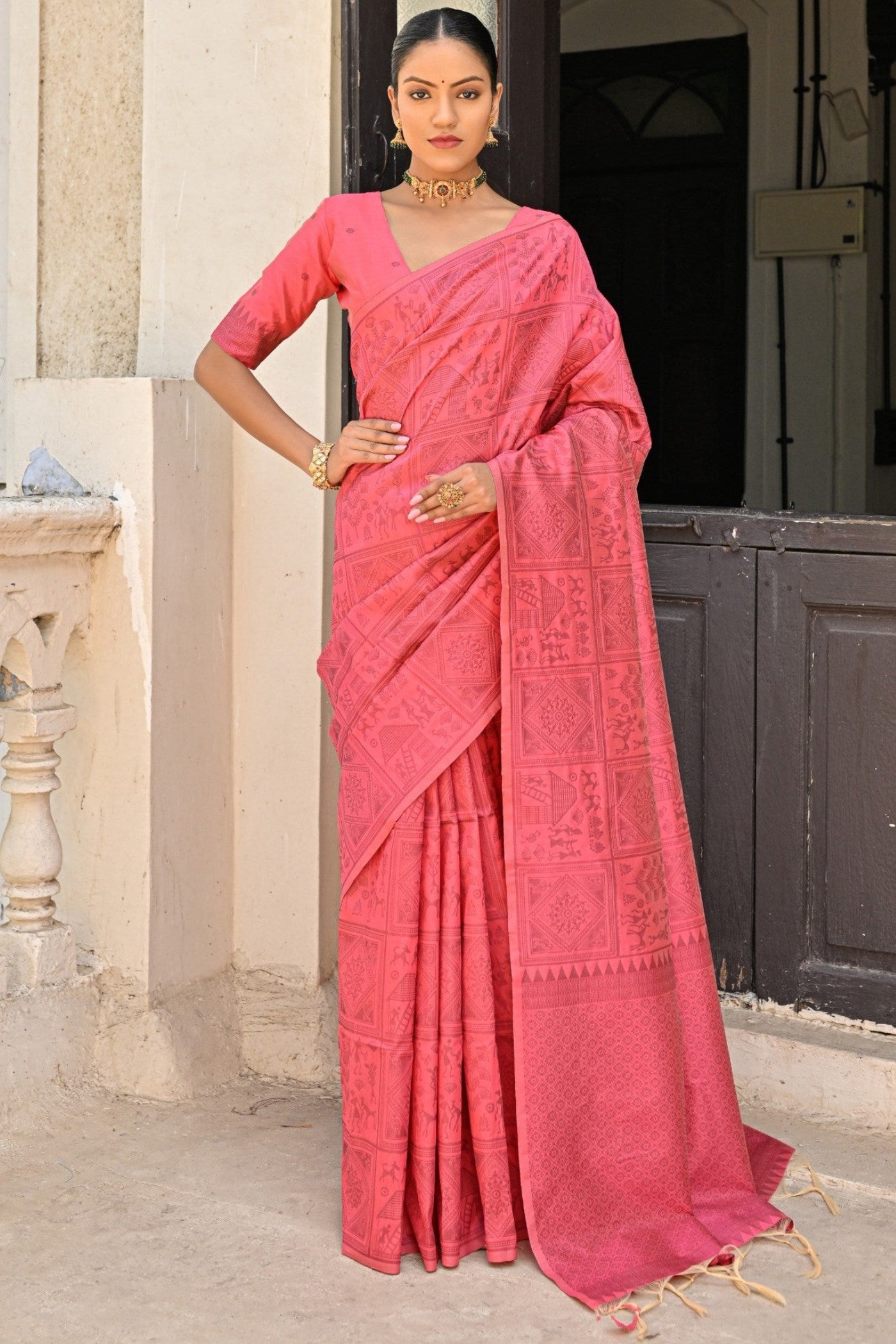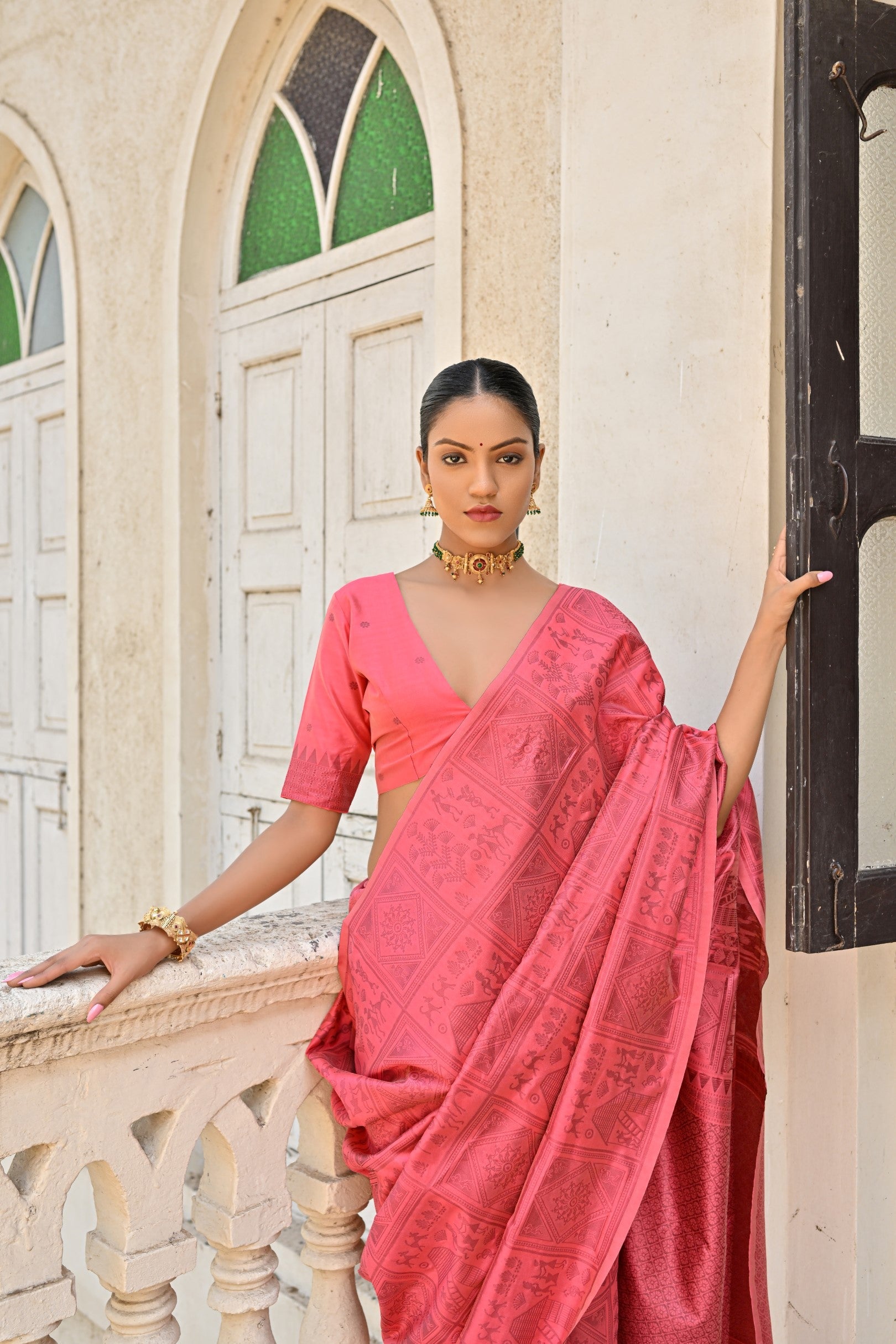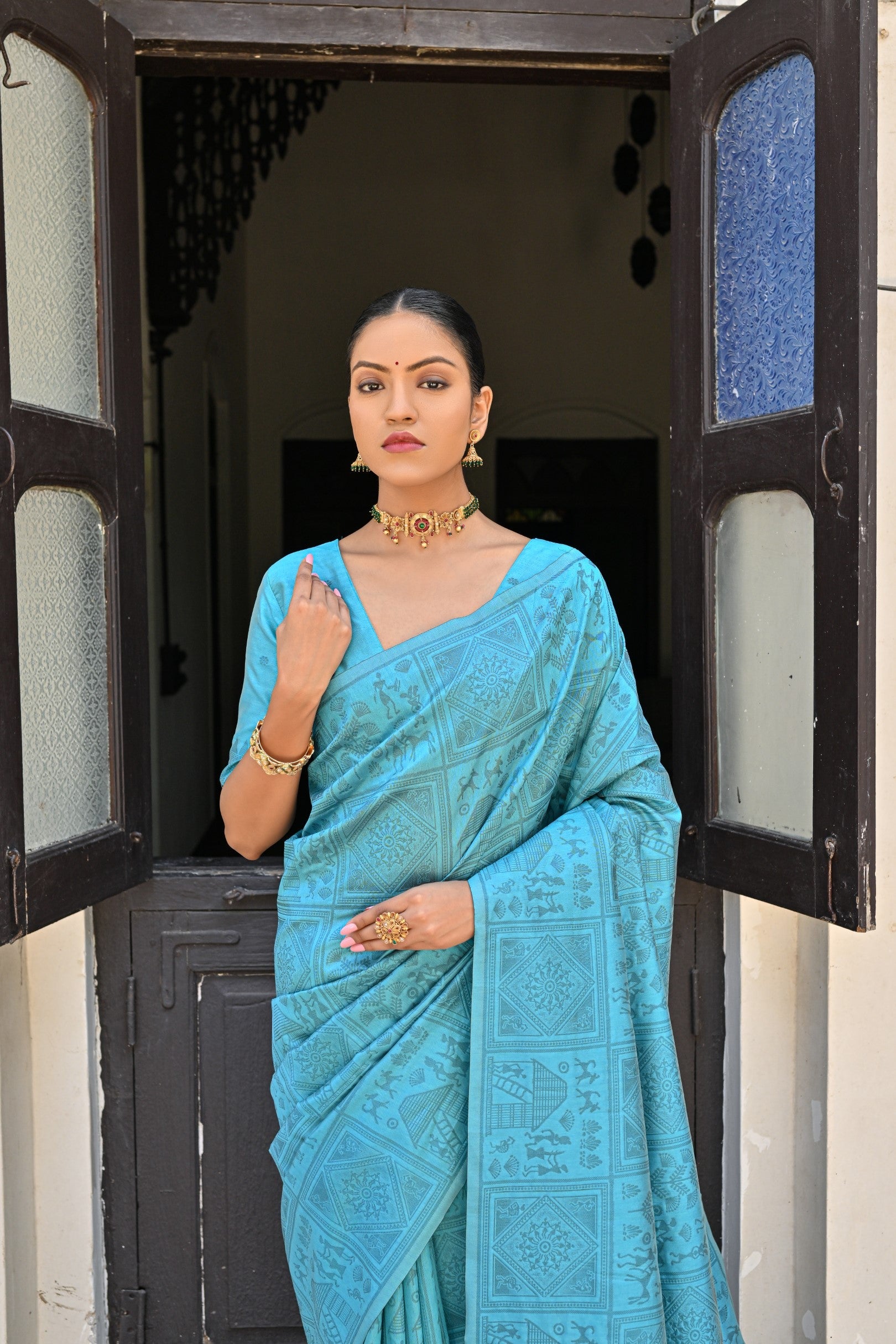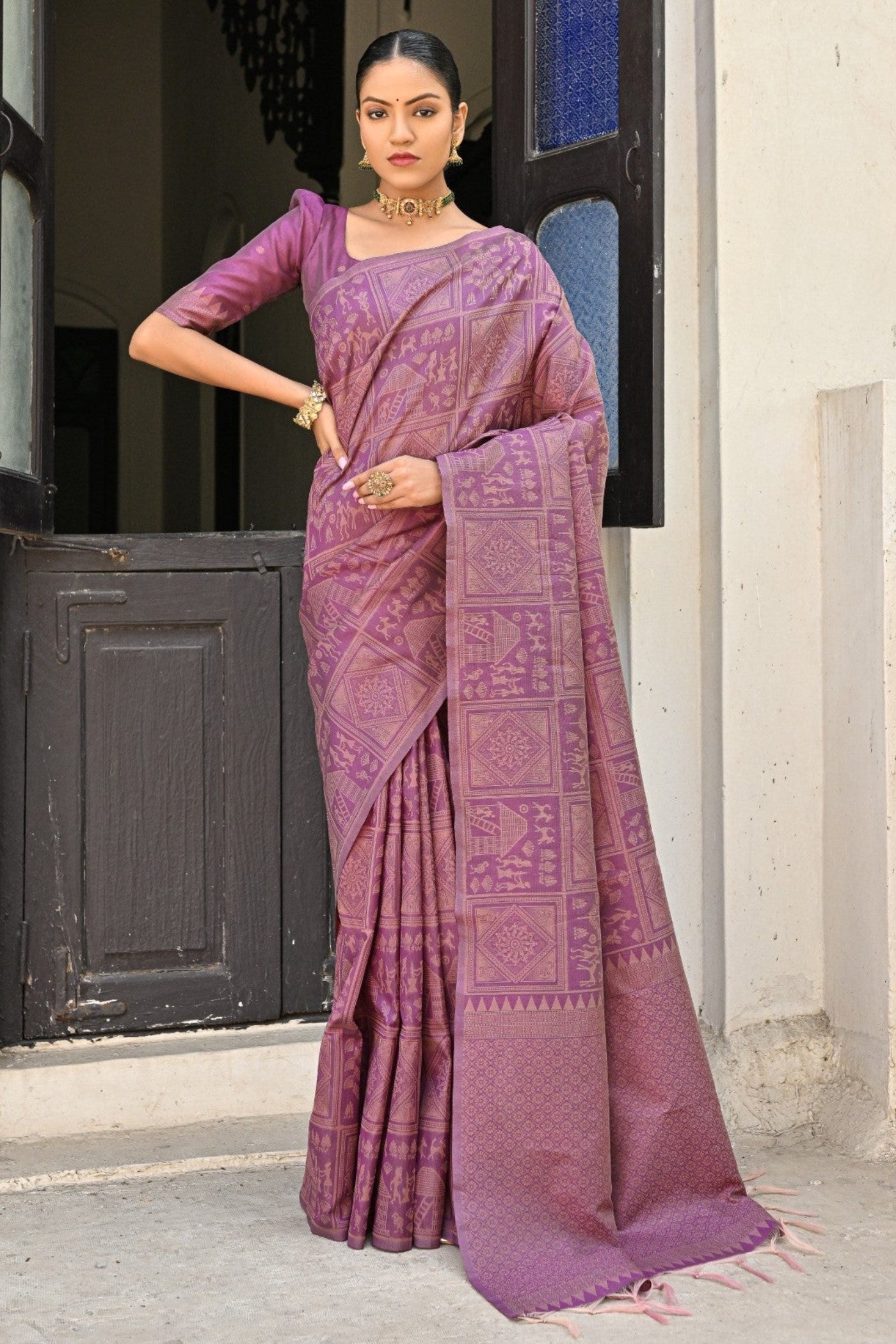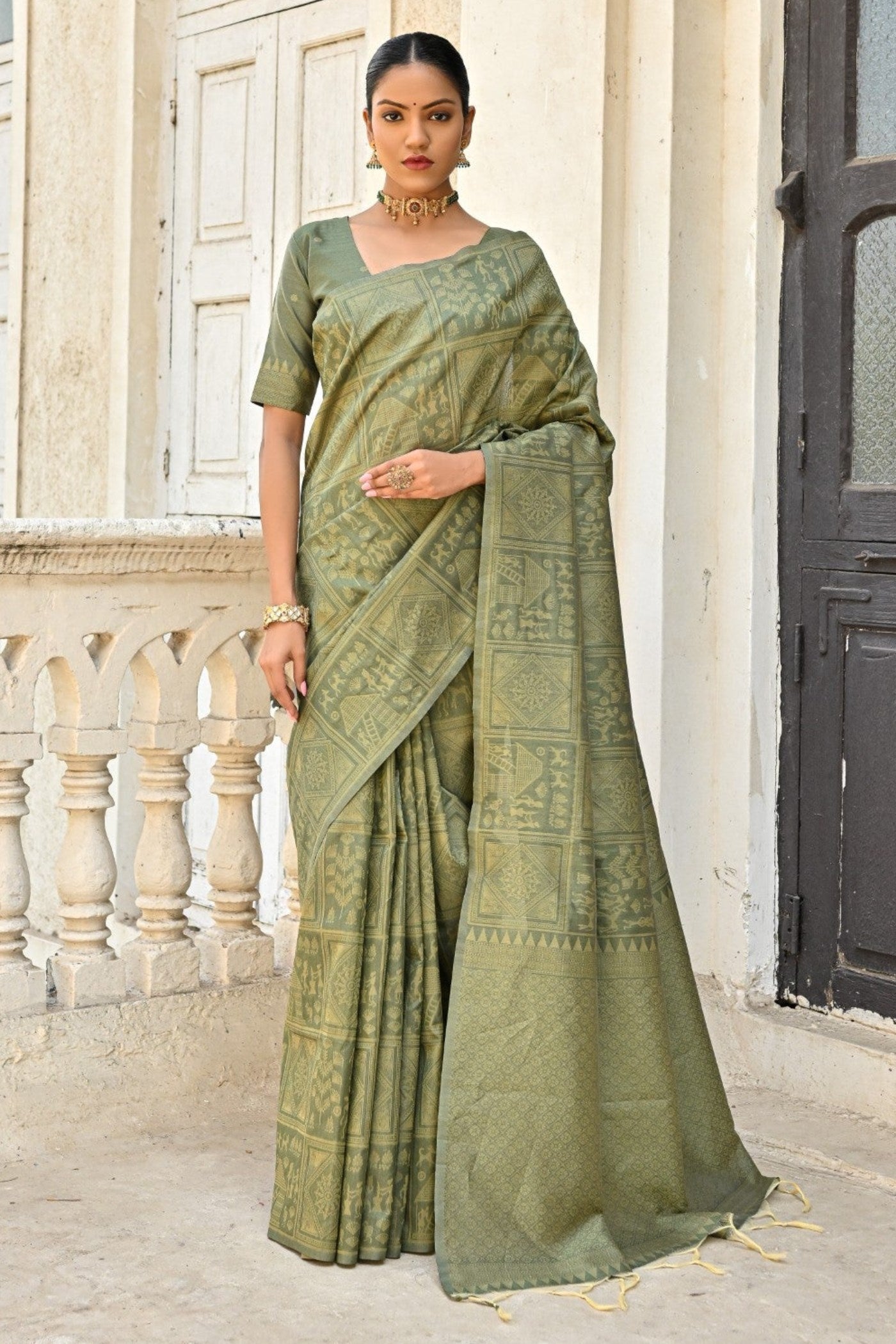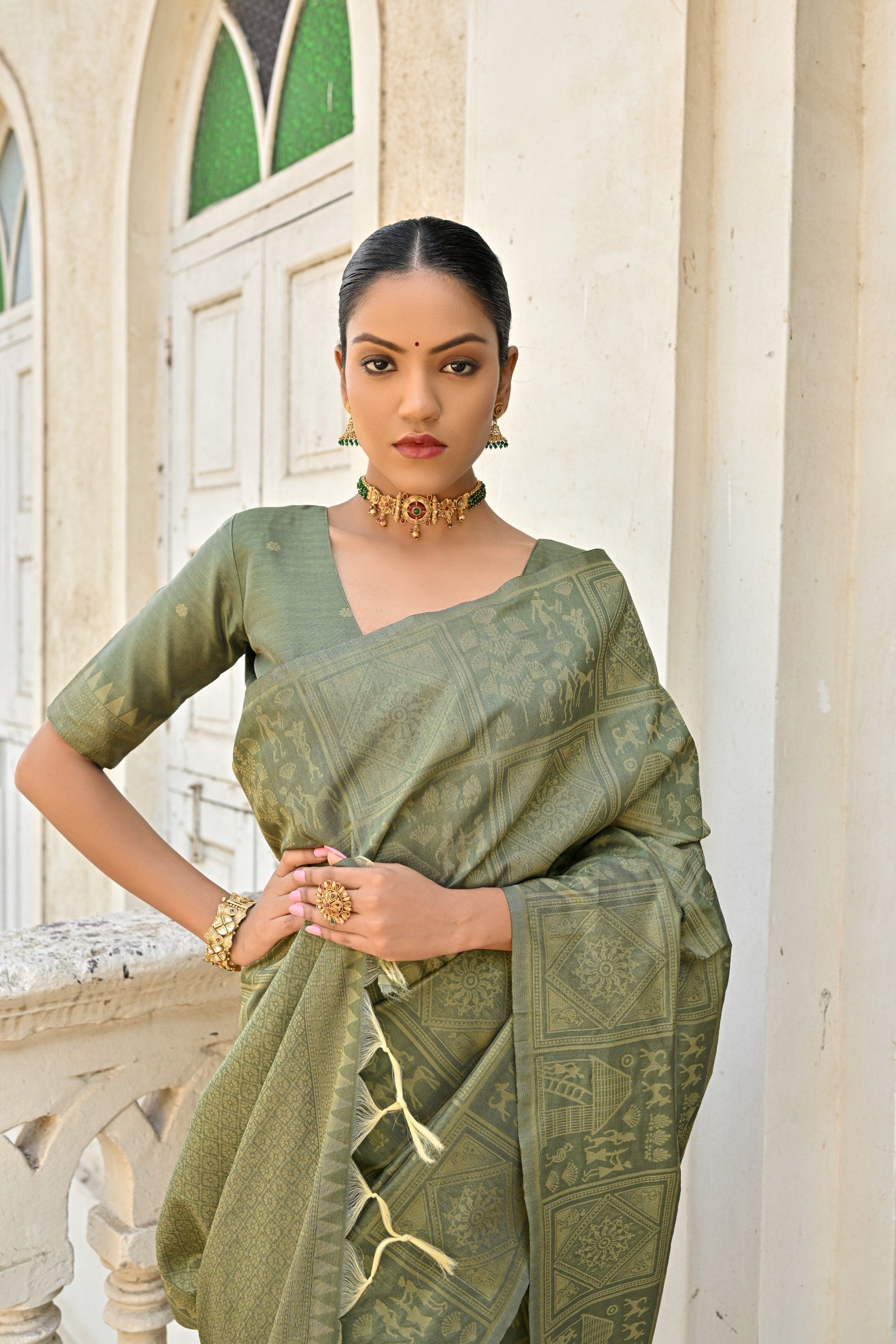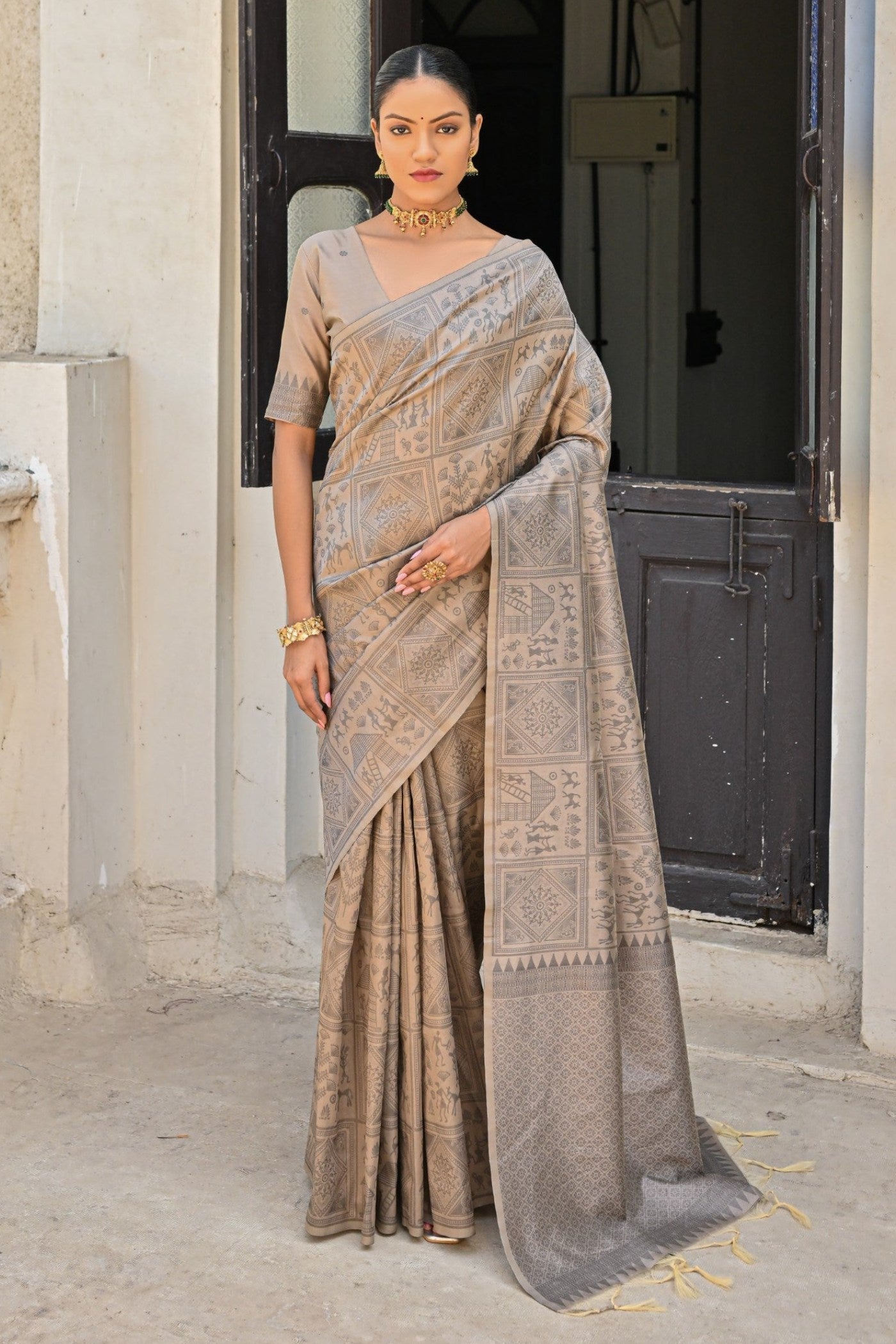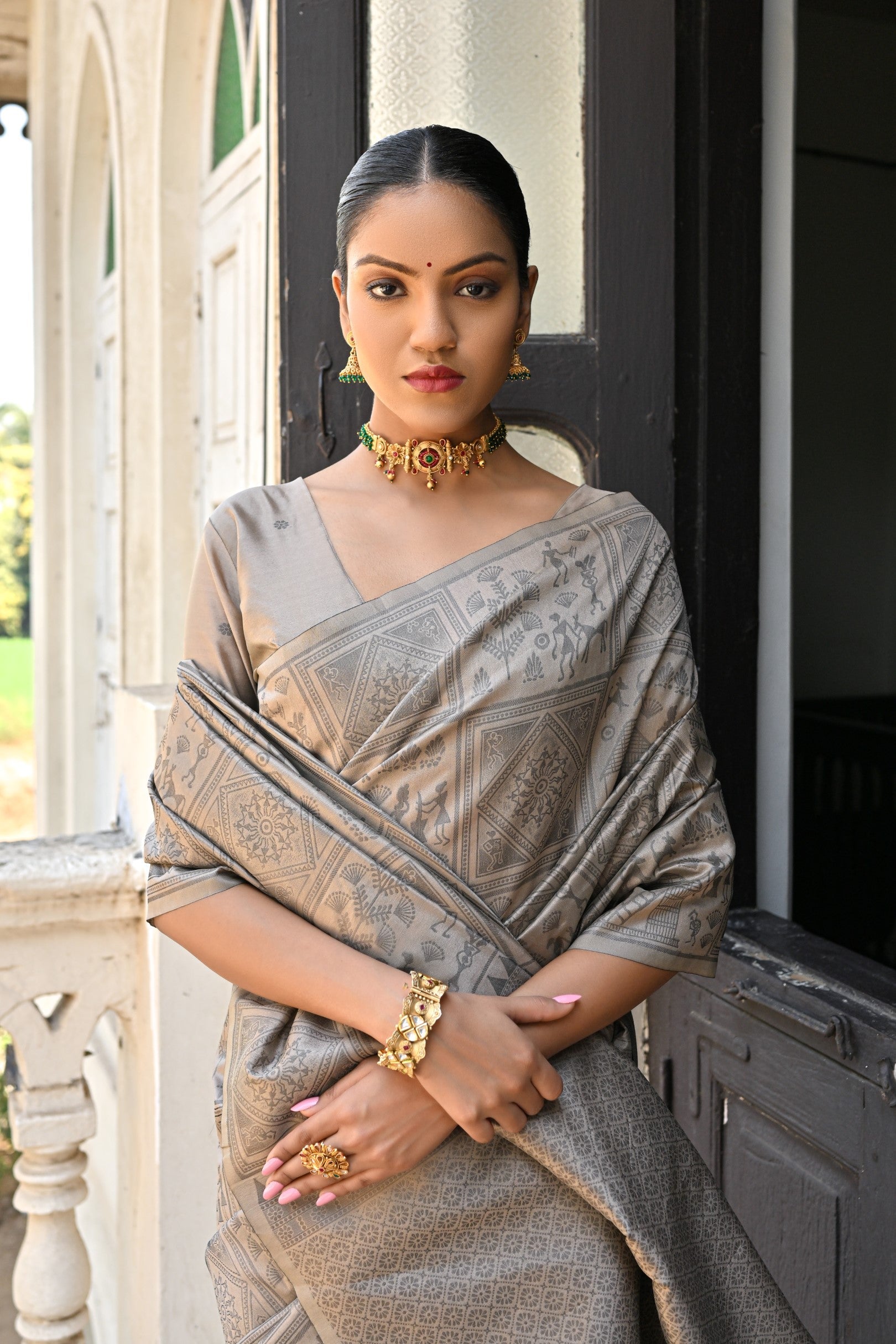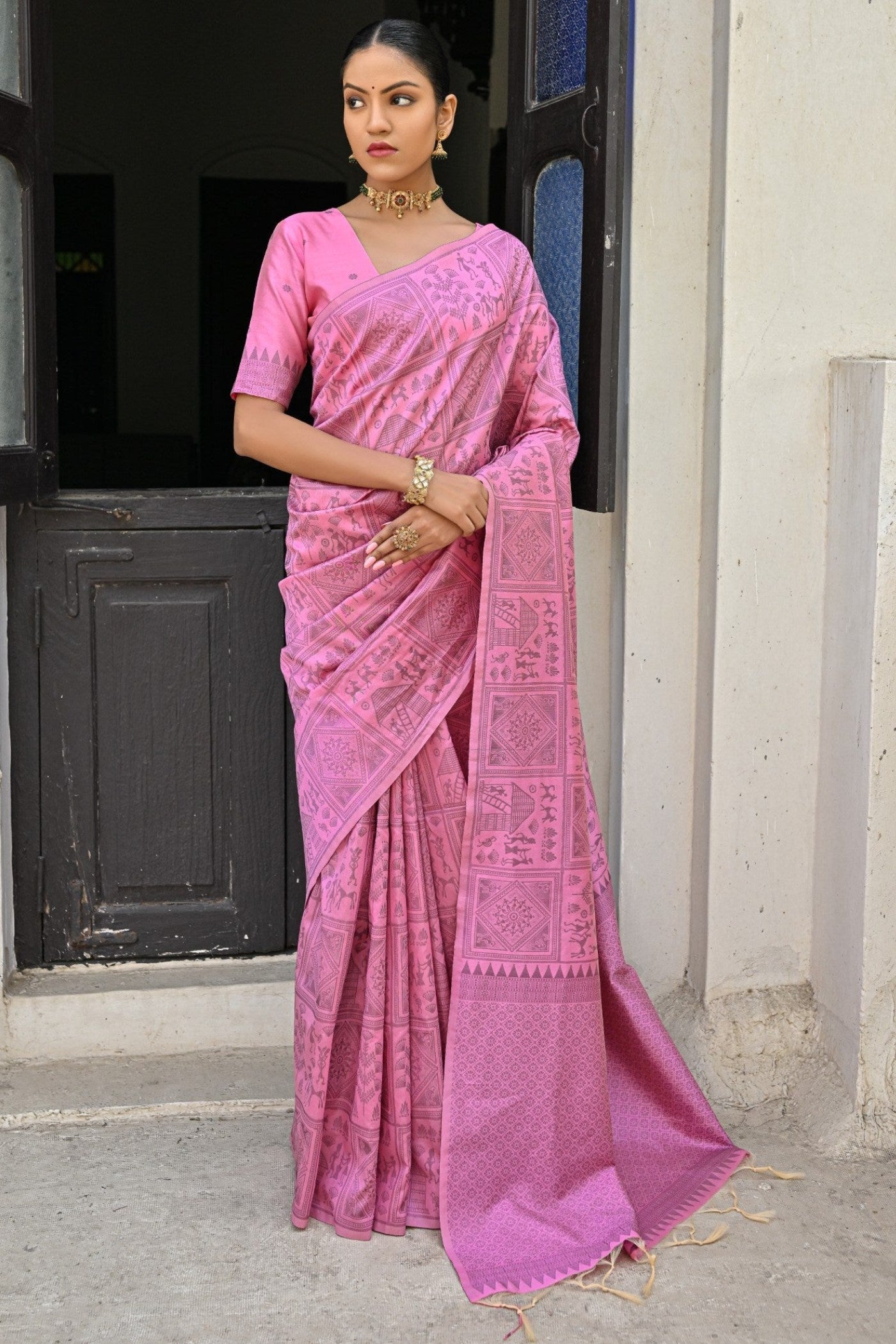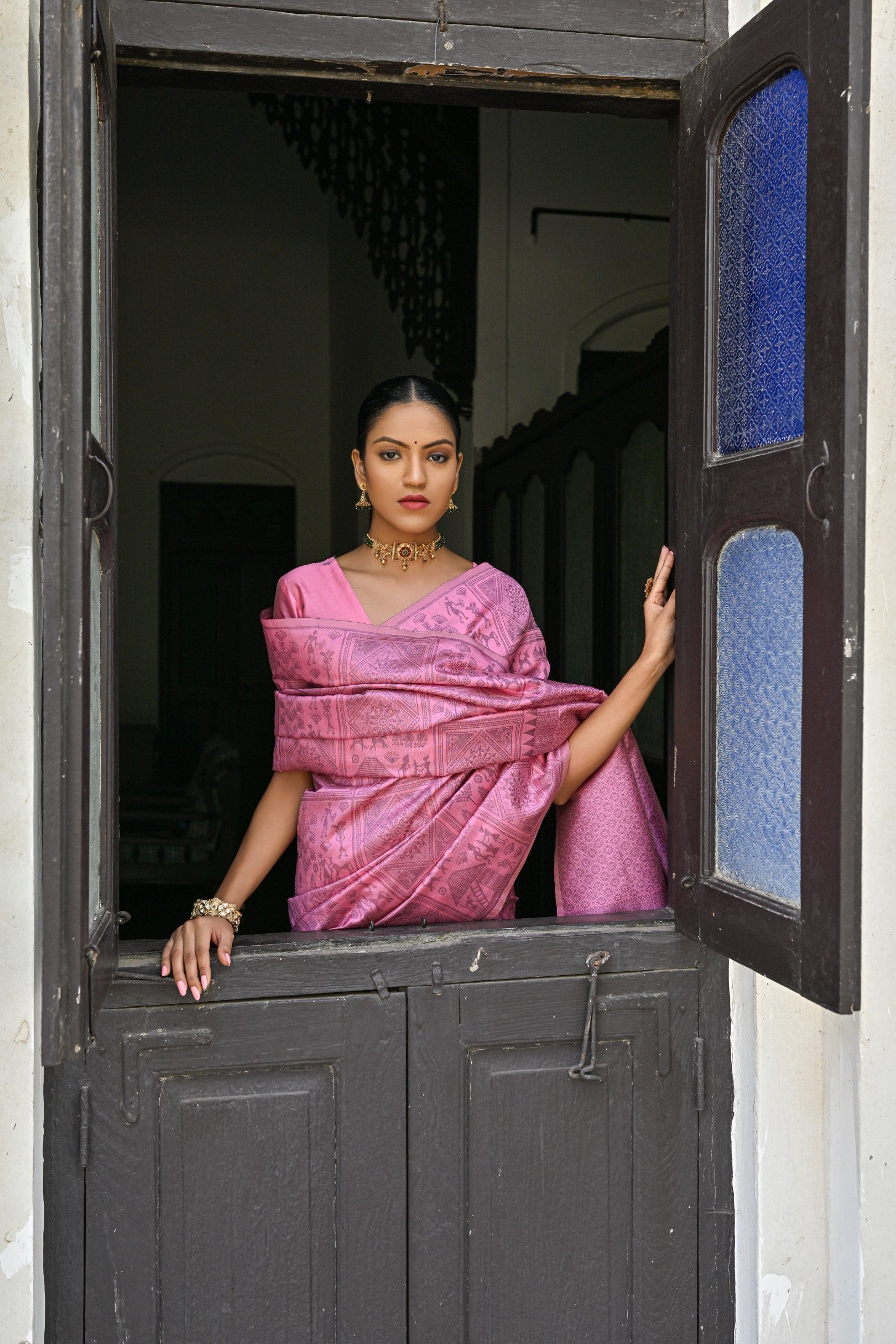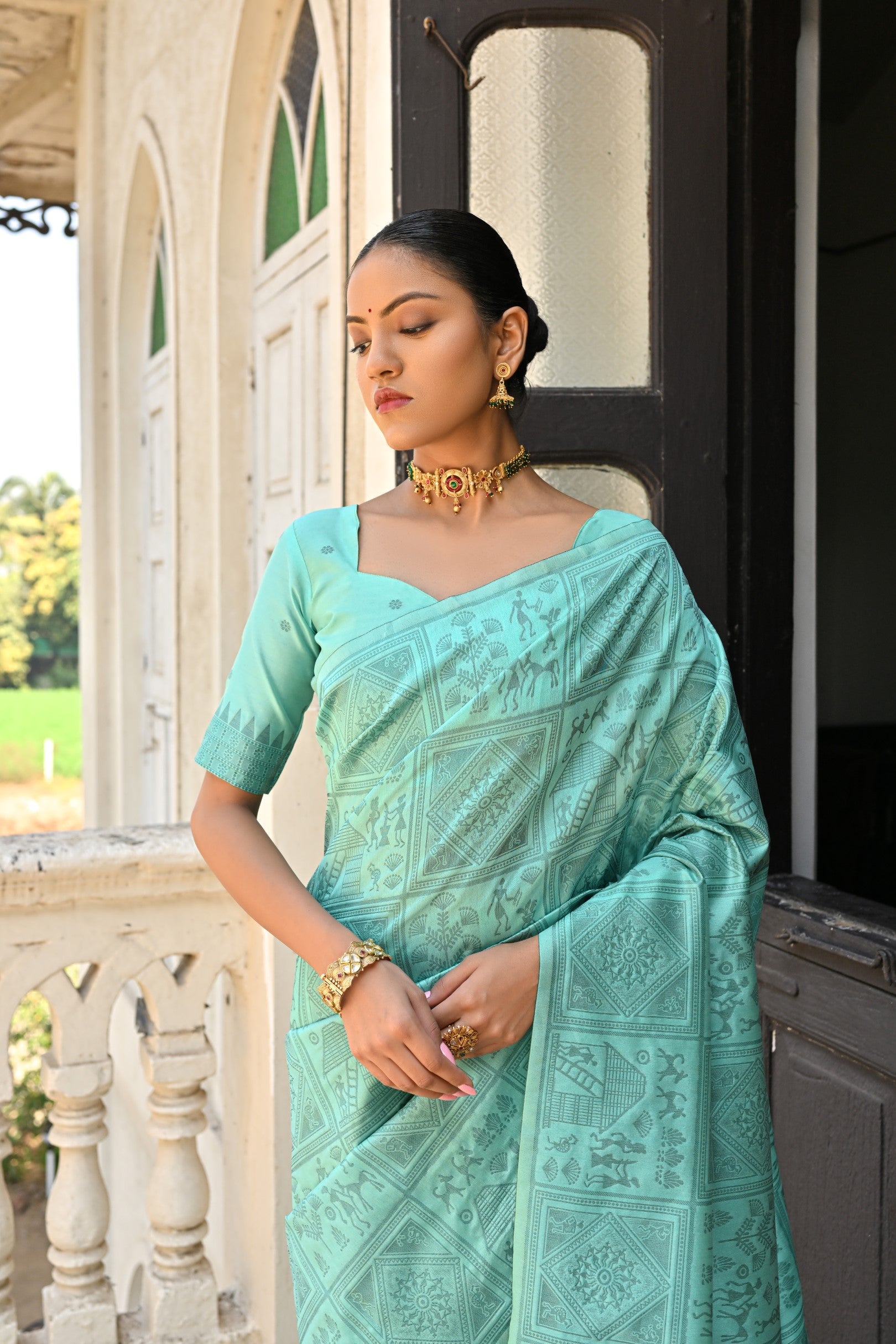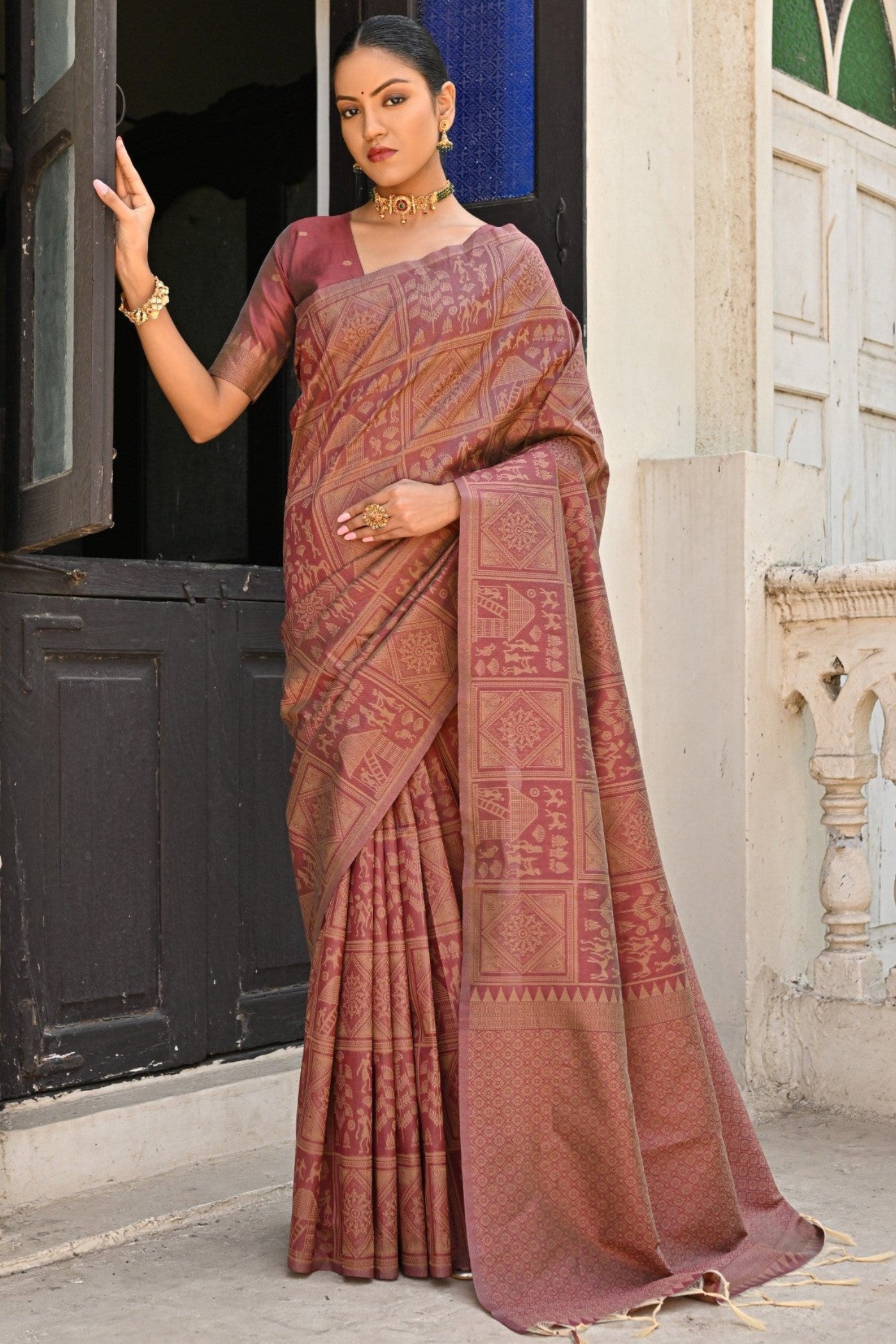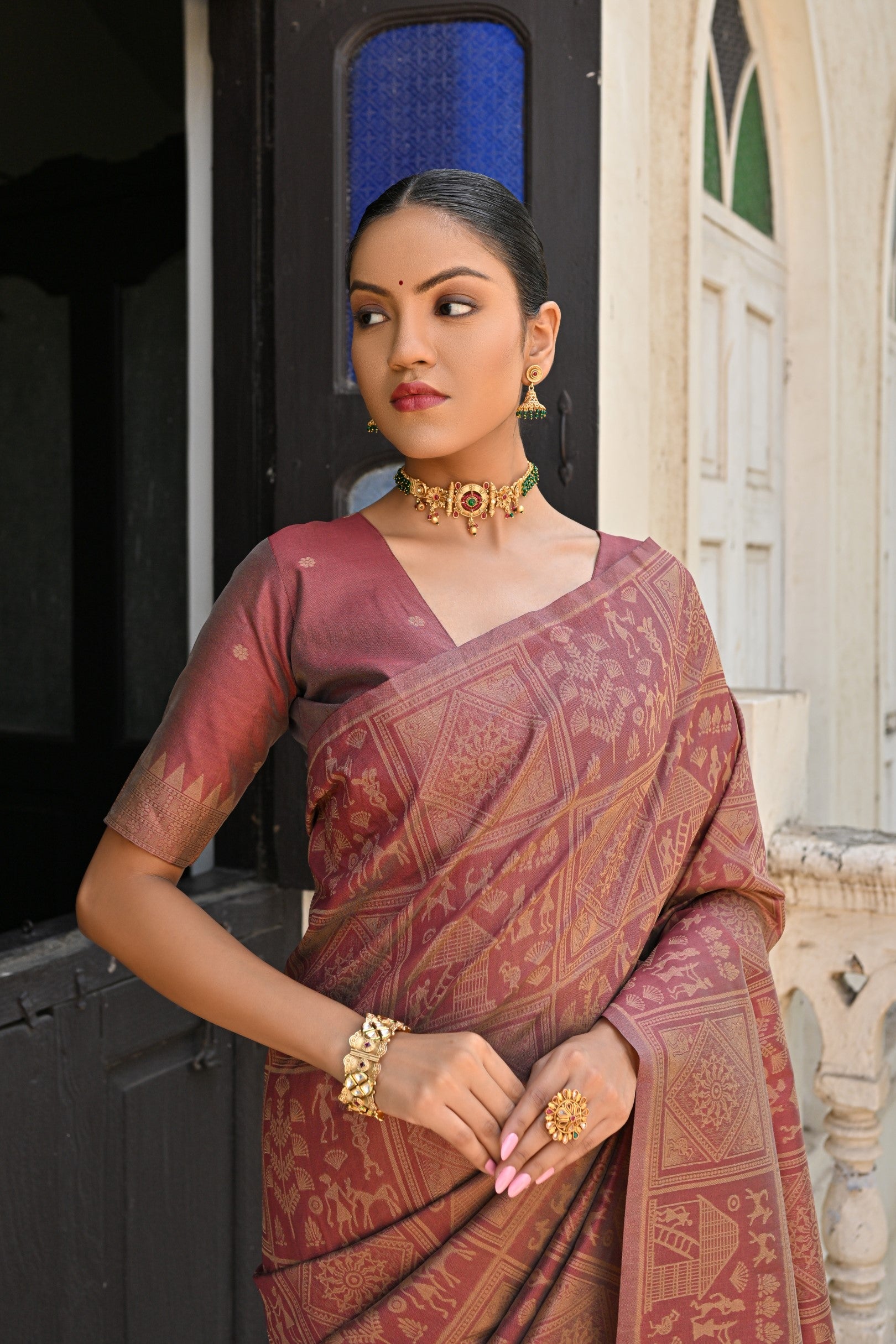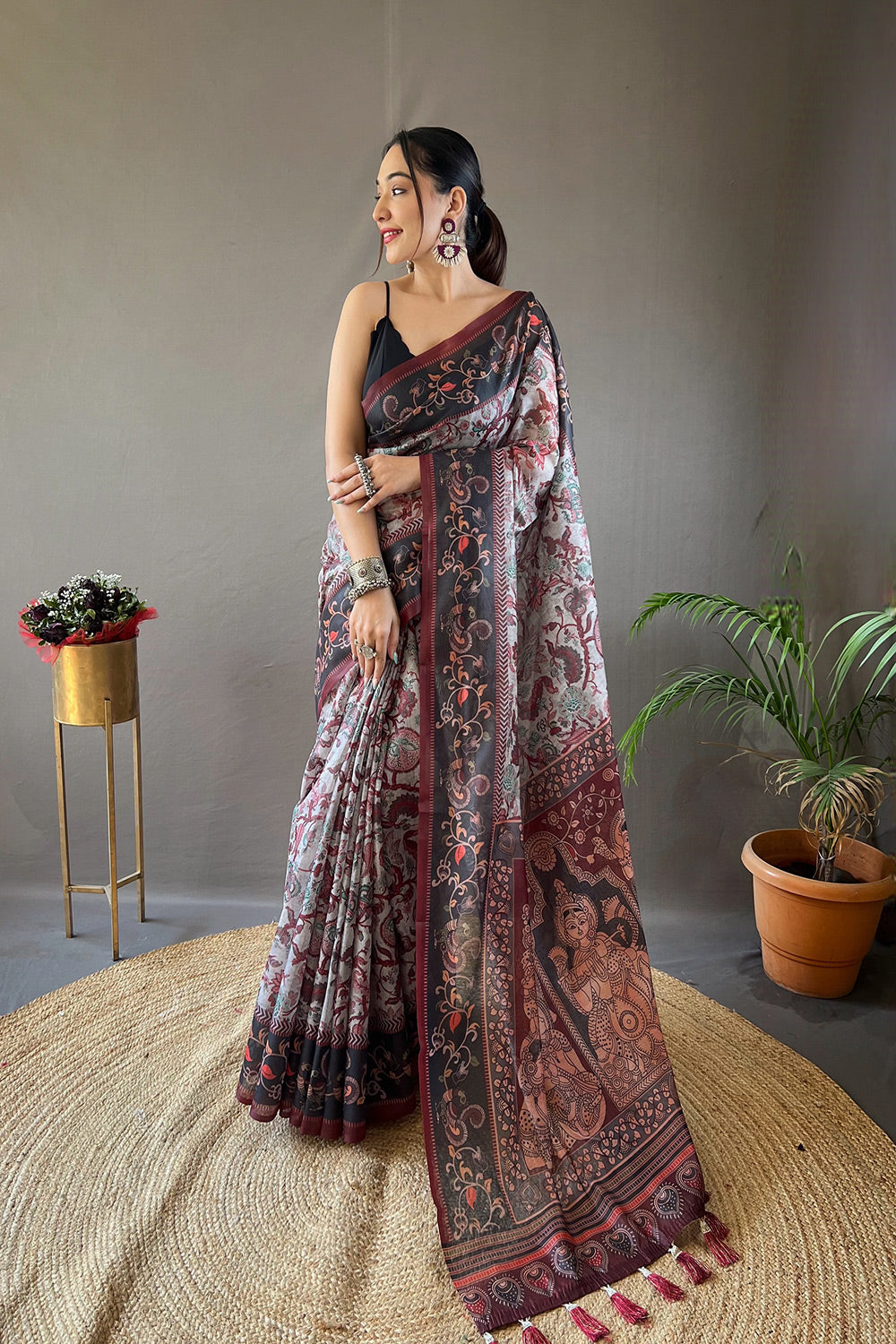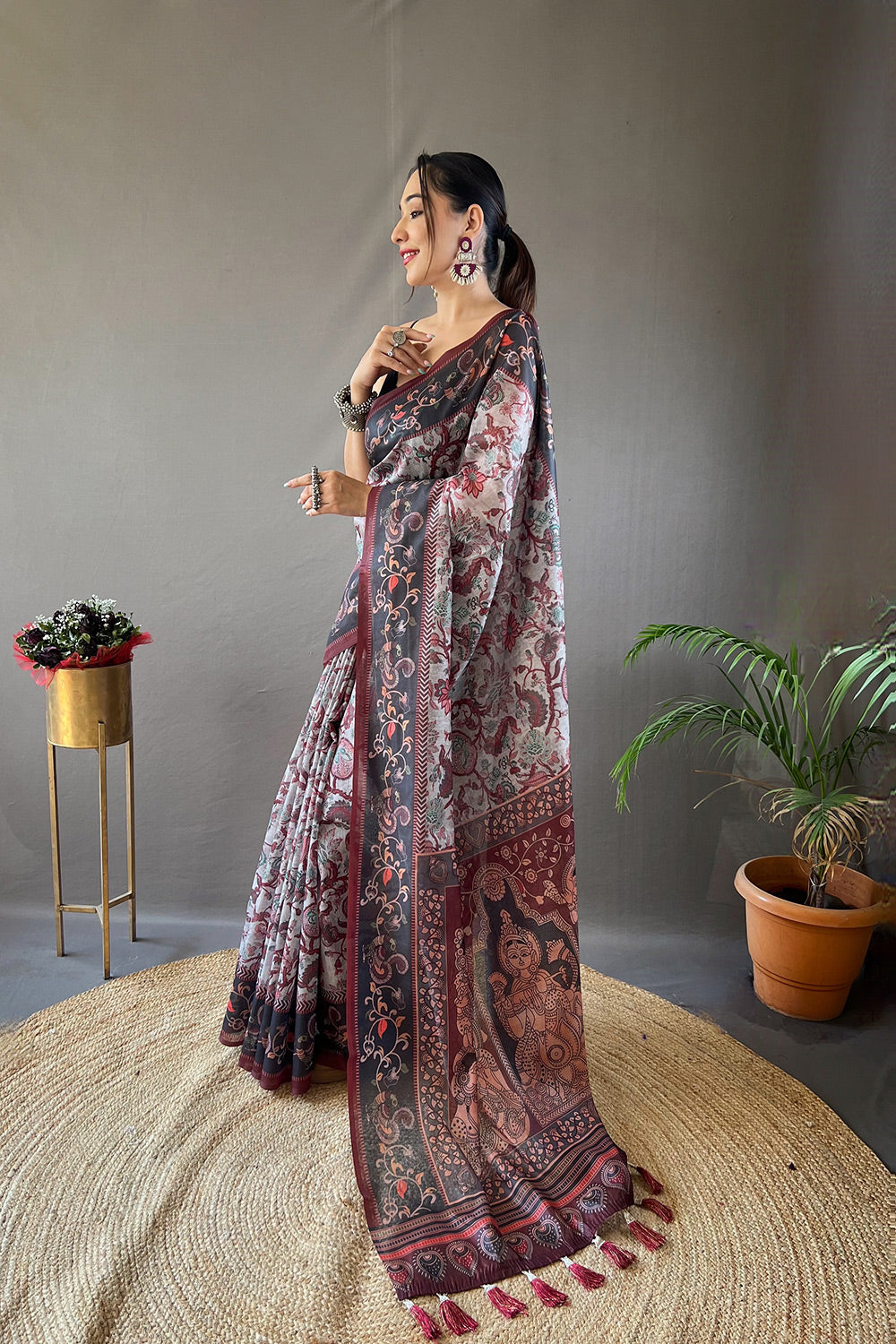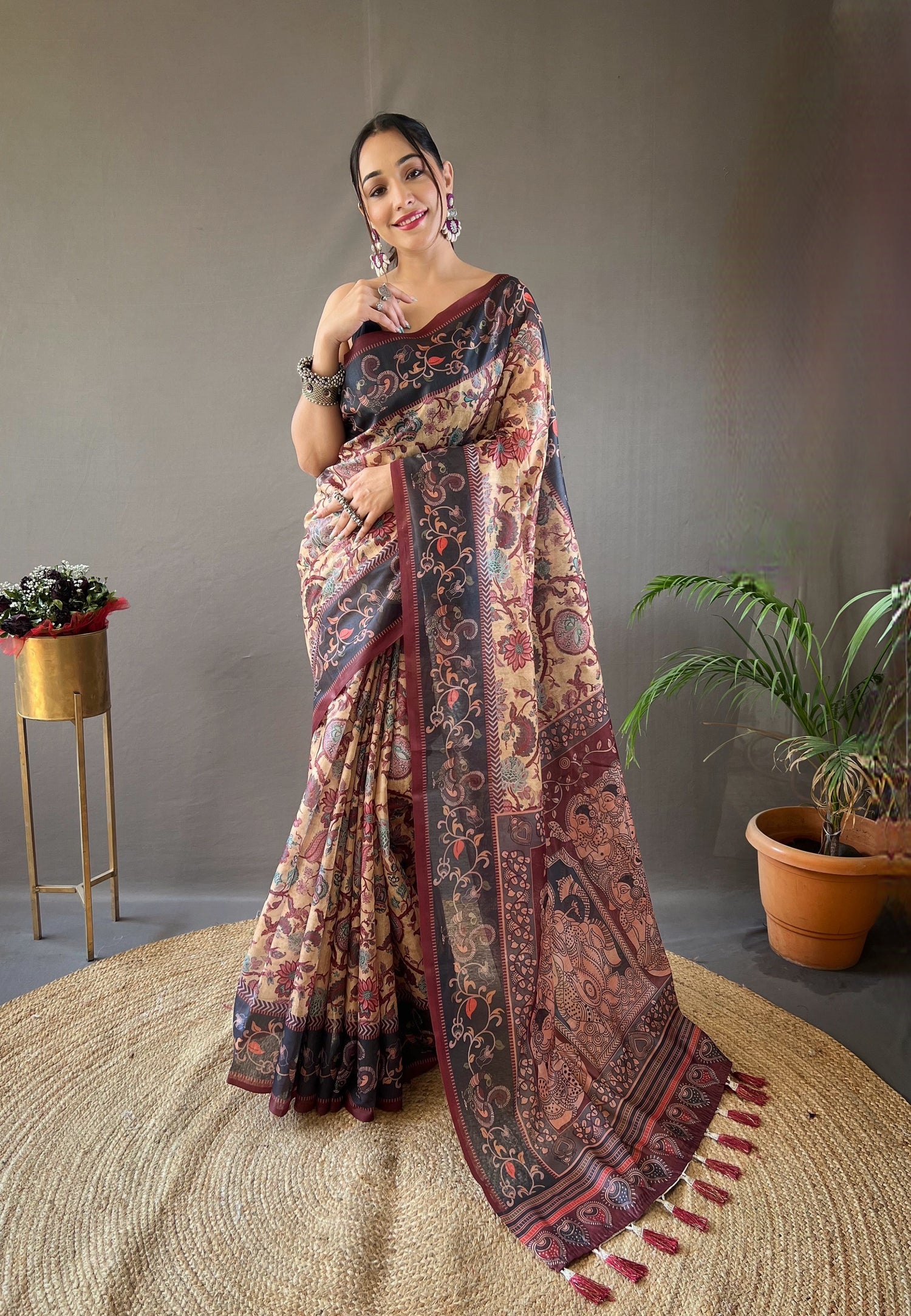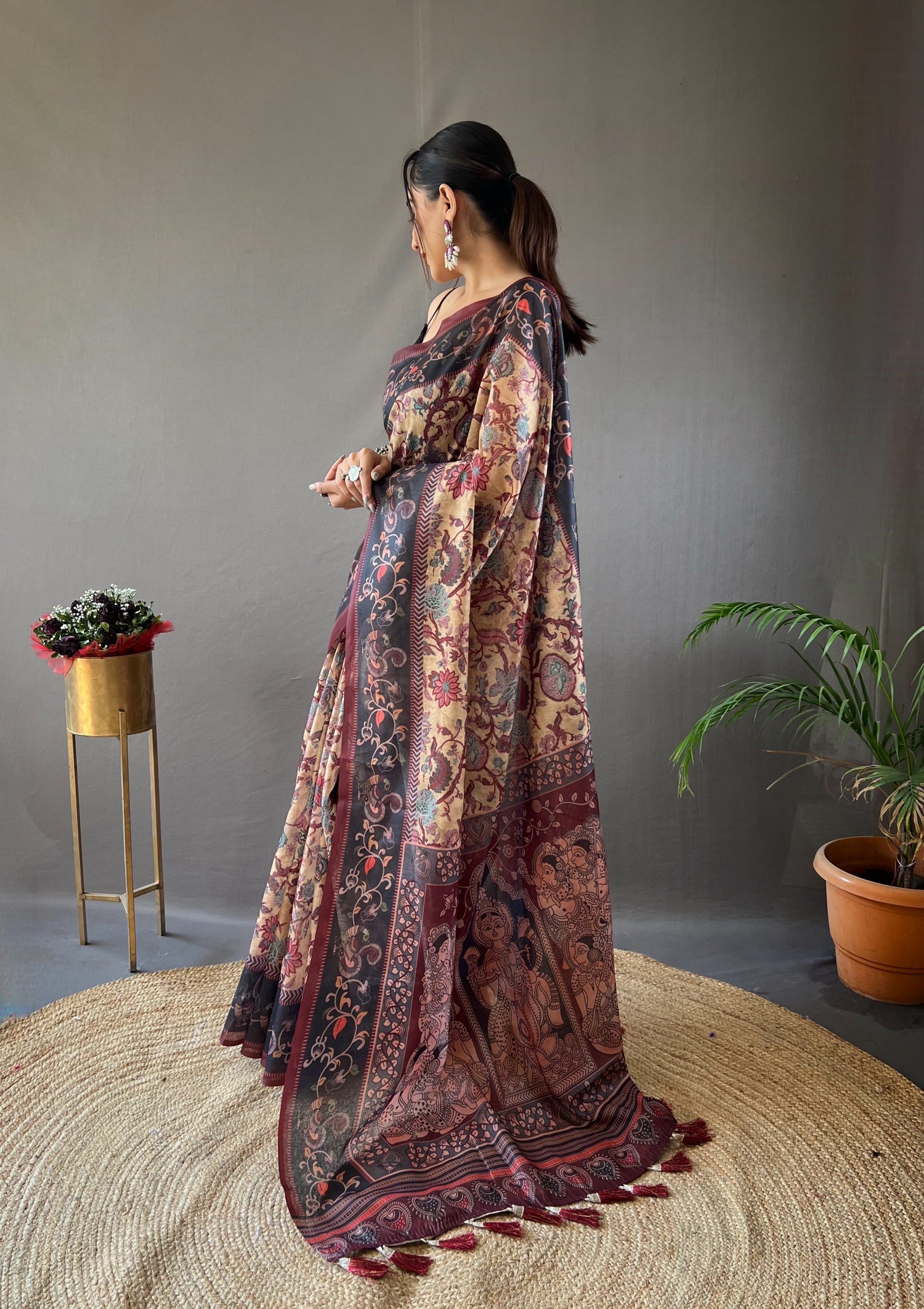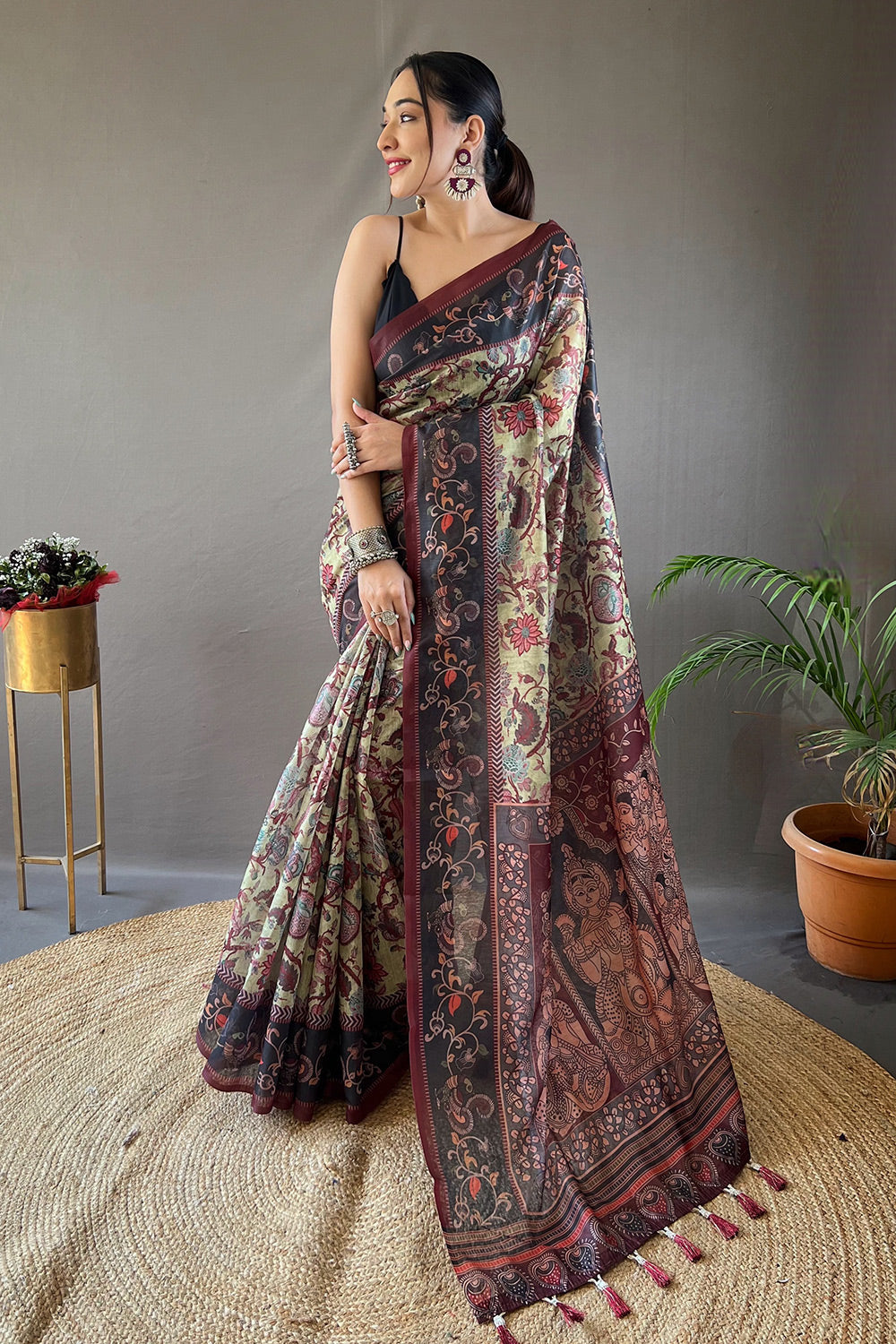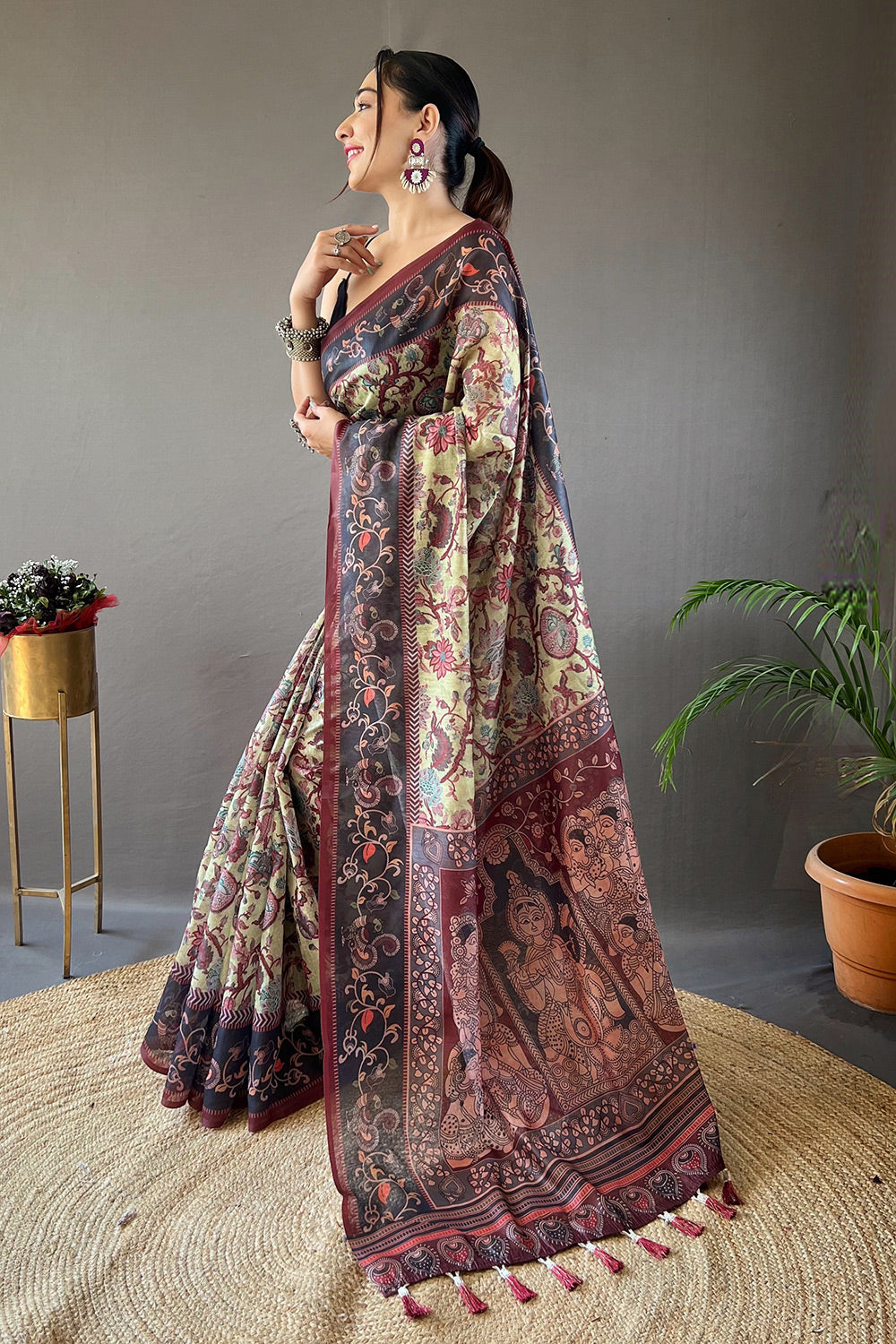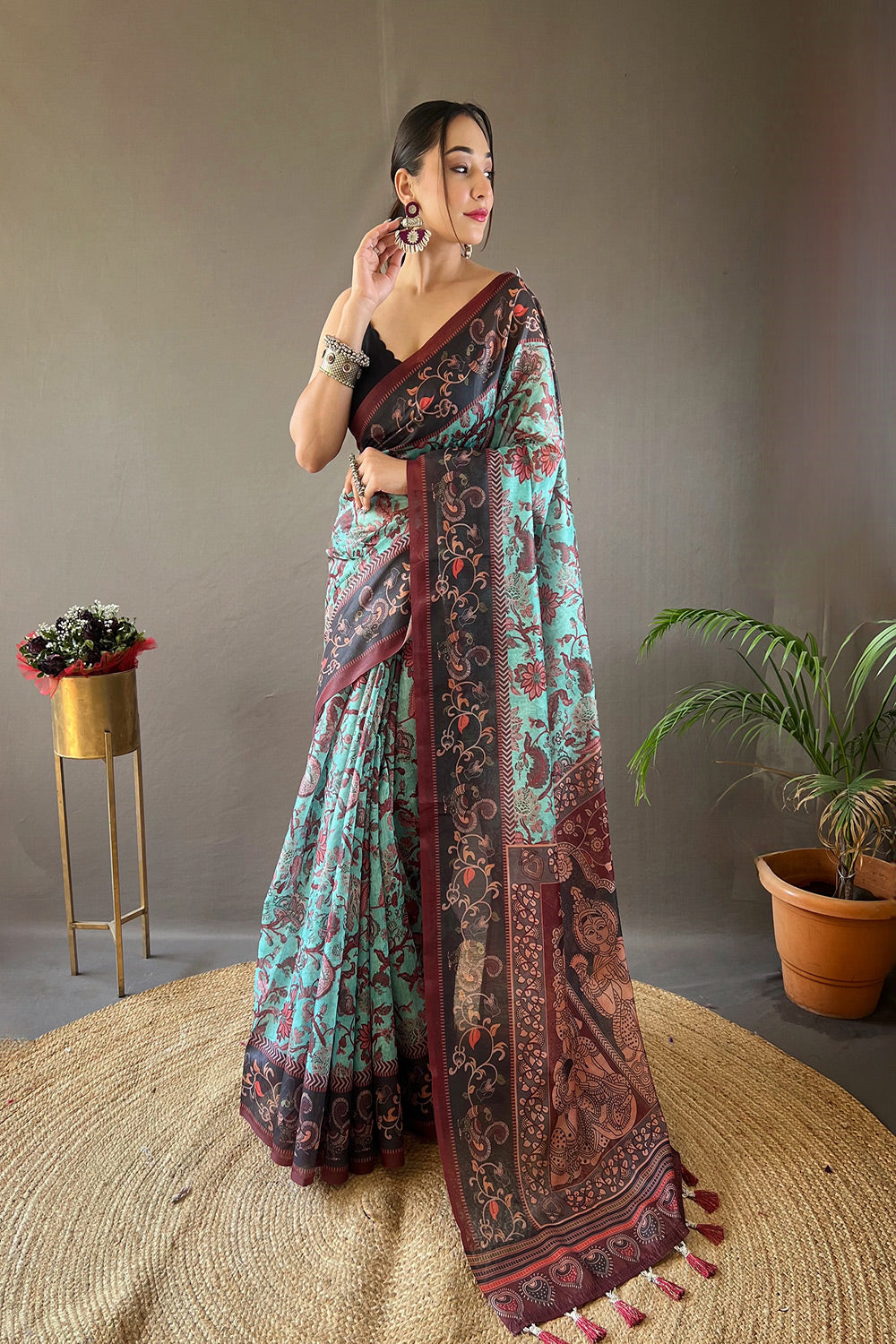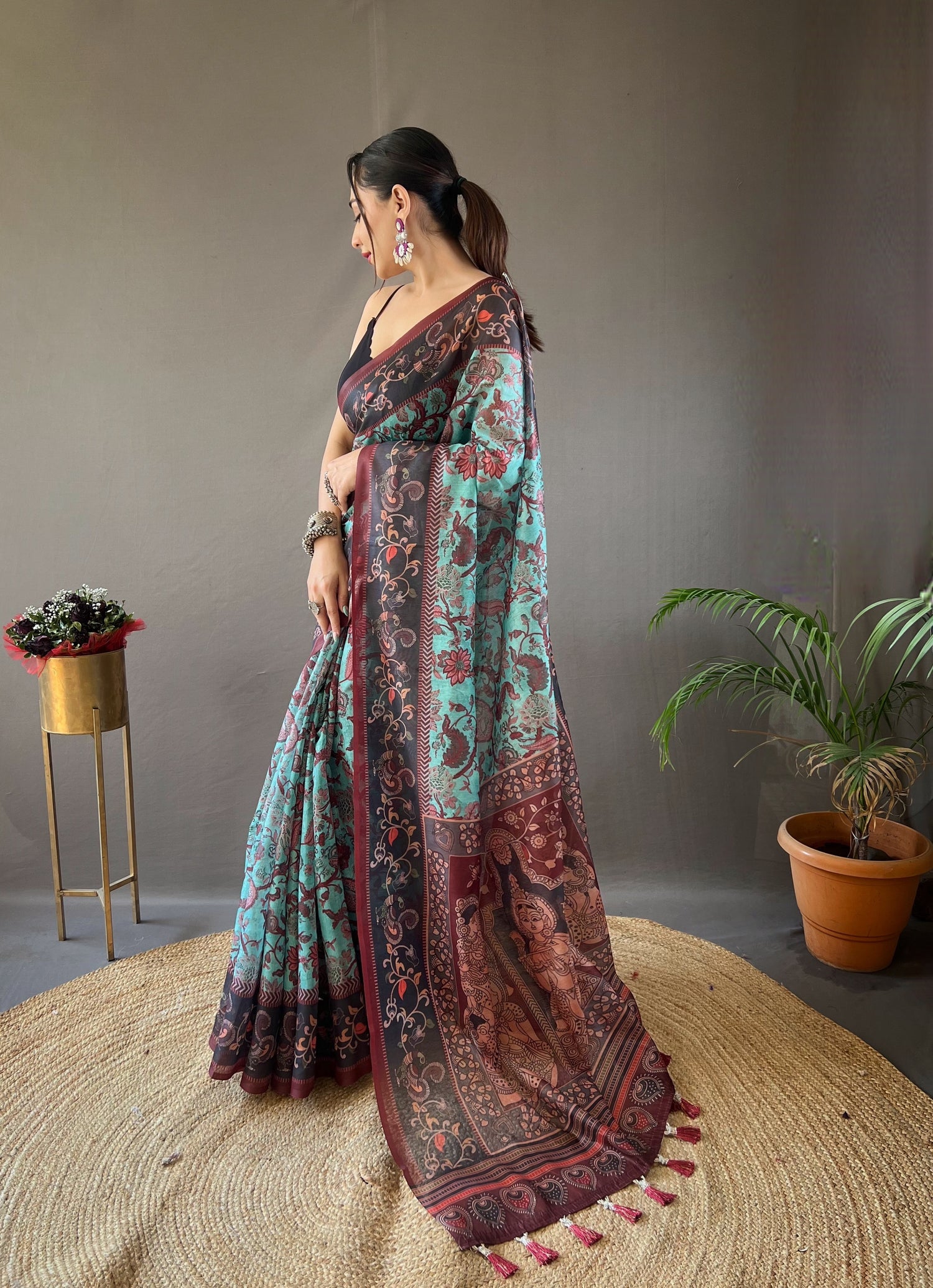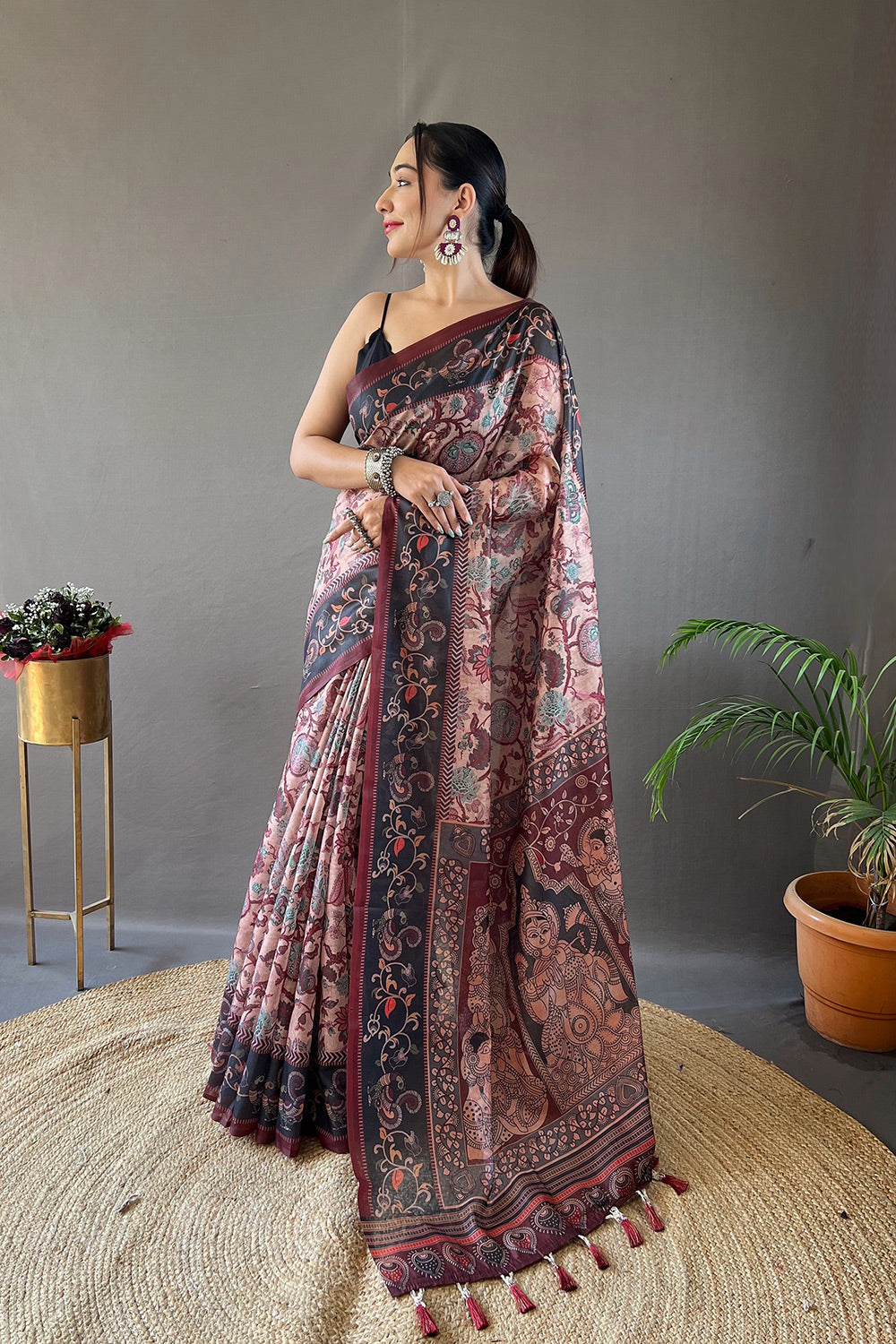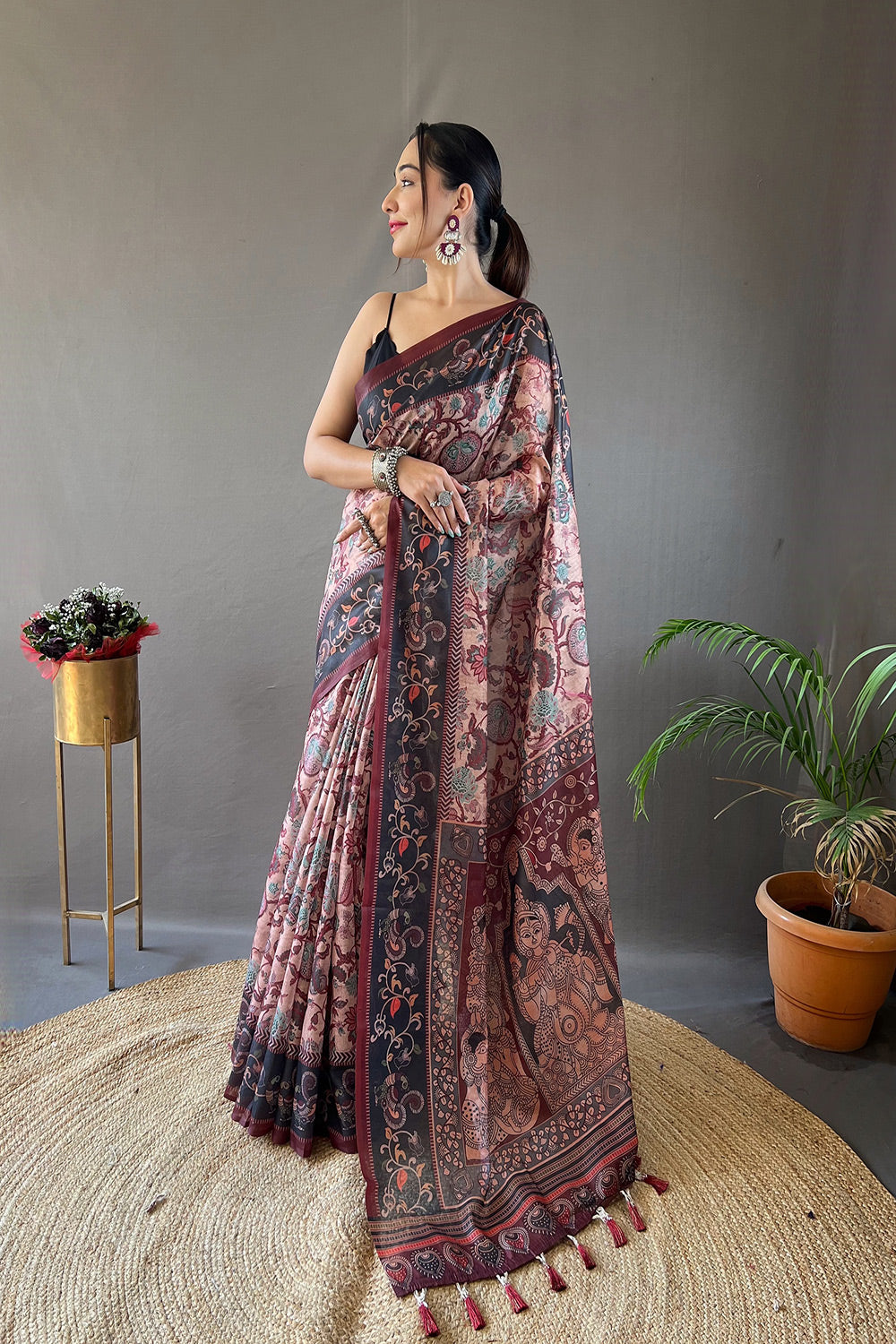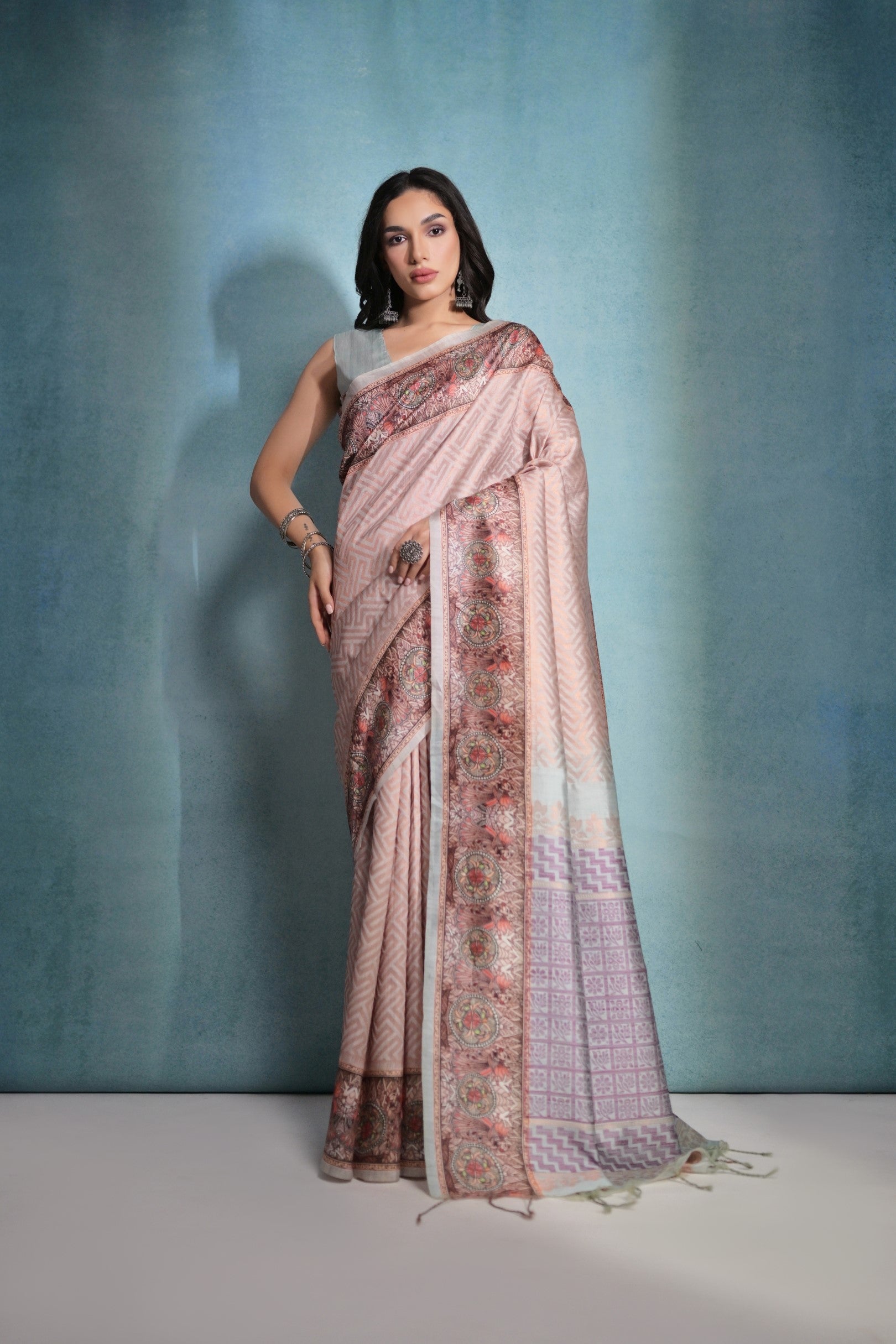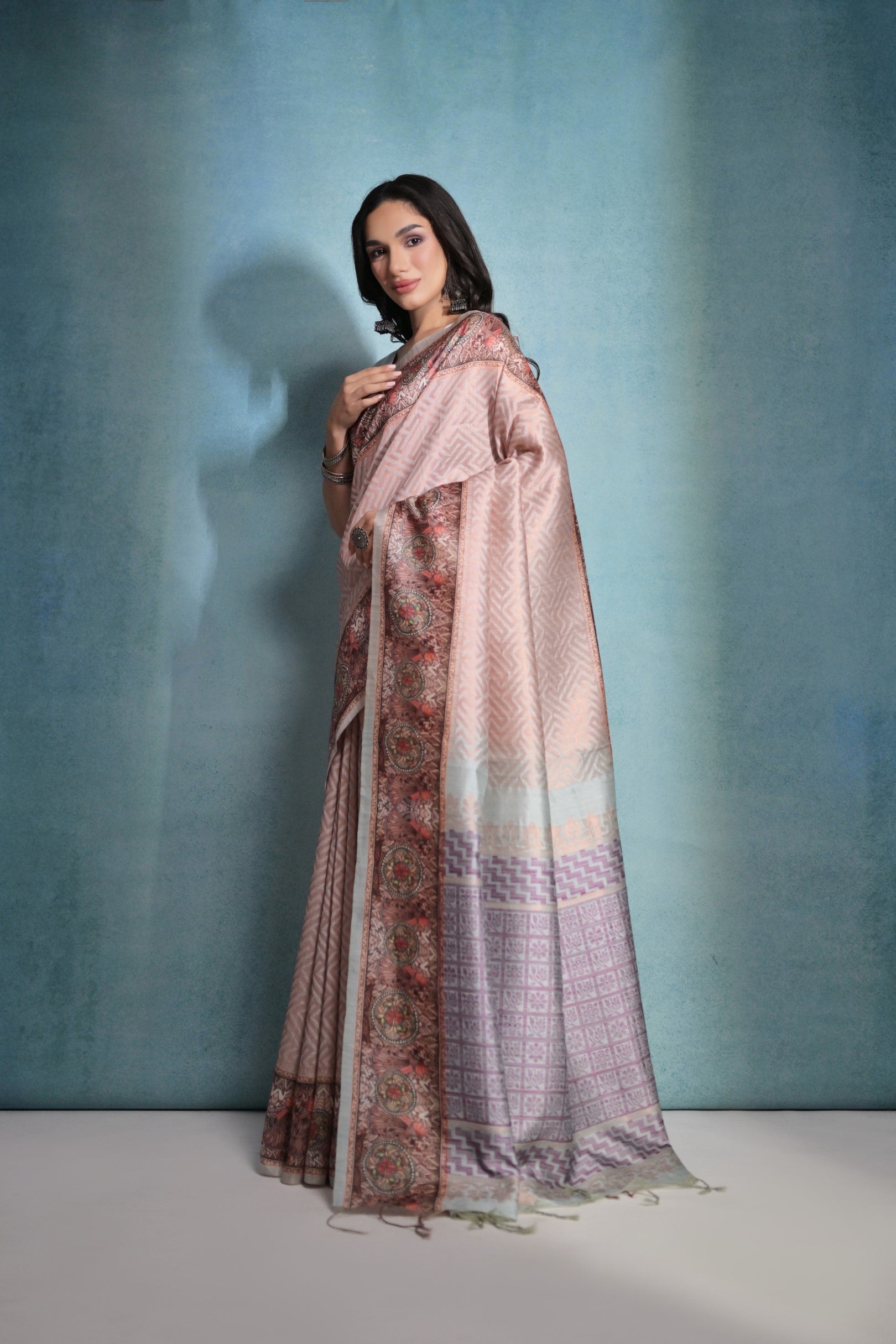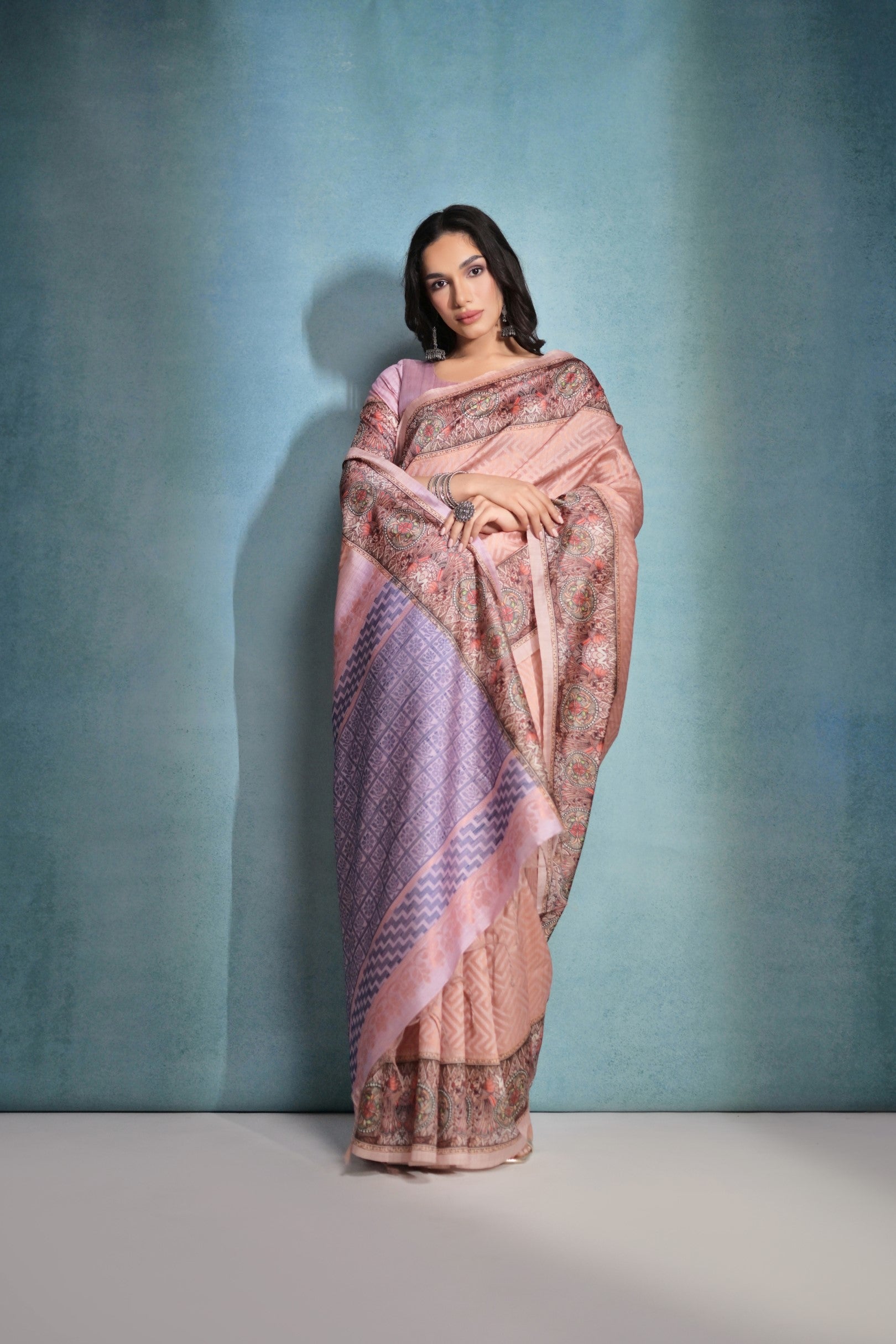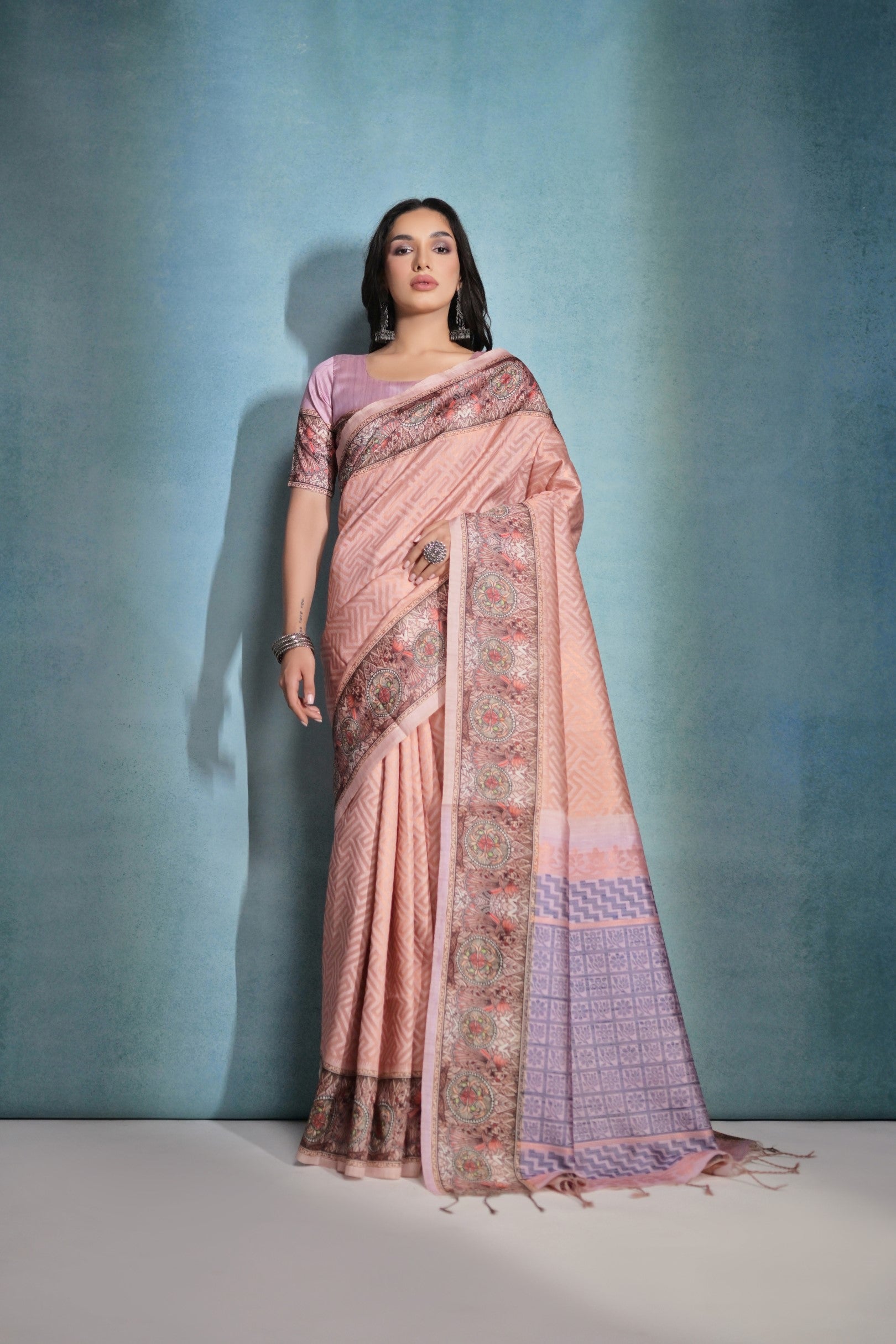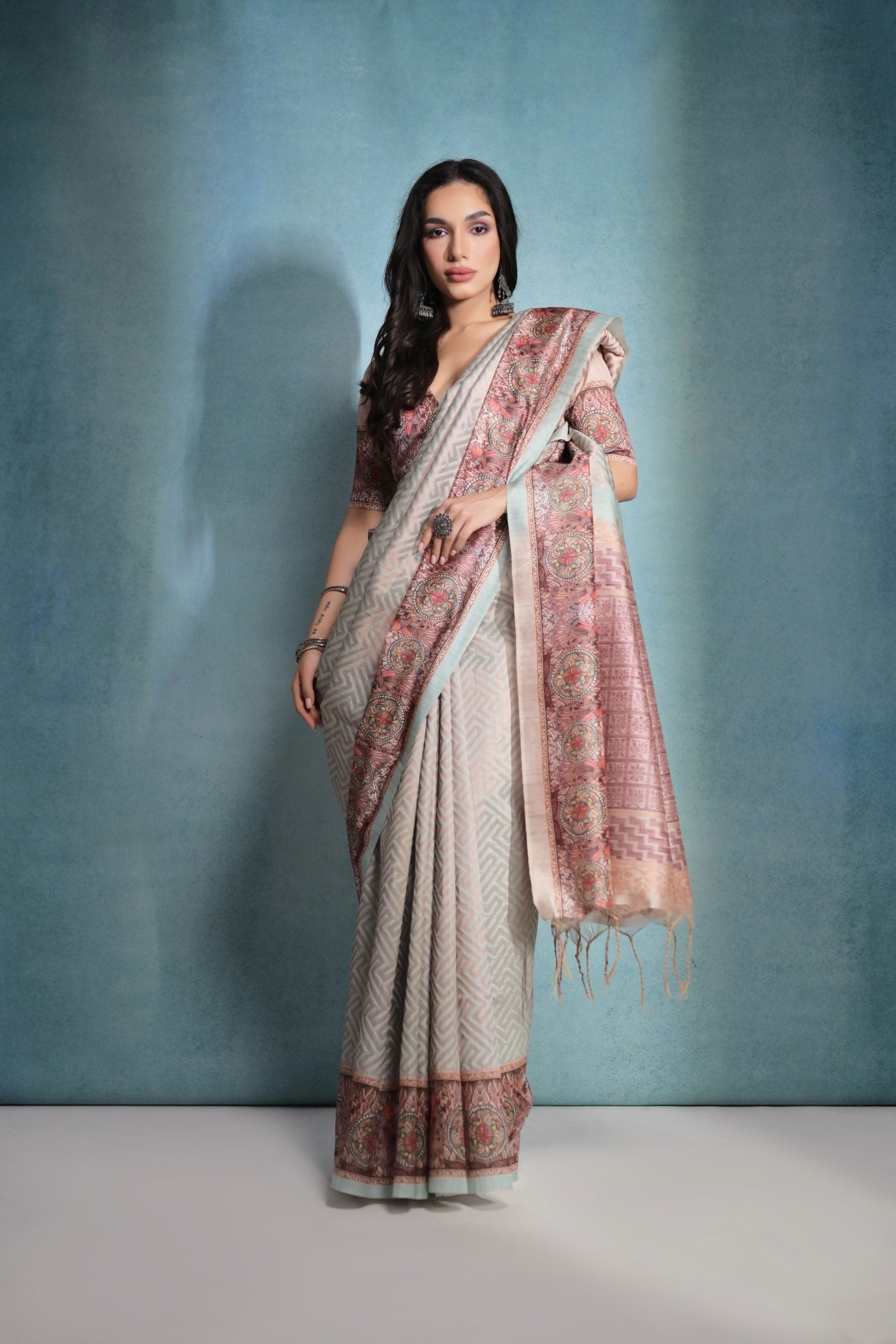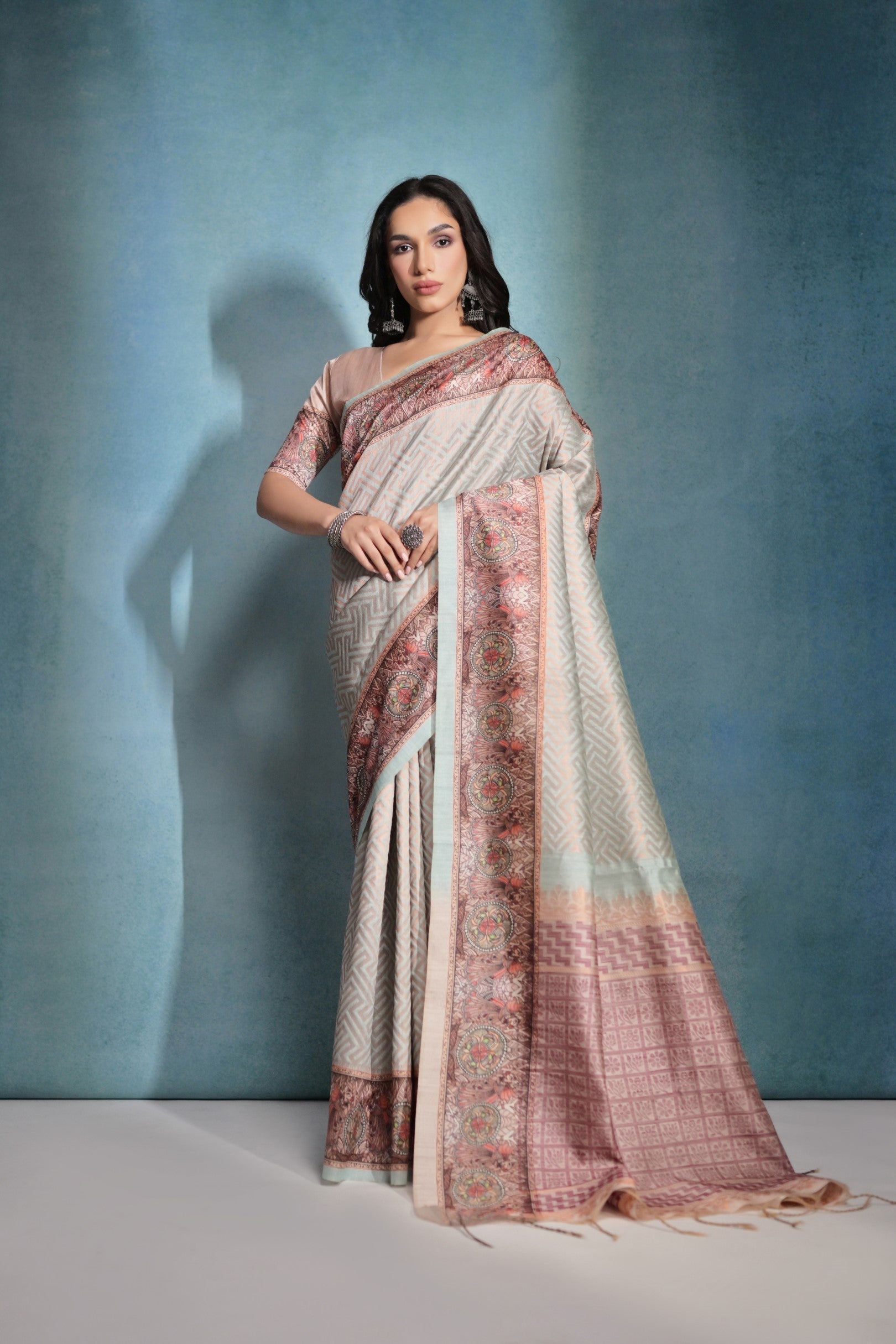Royal Blue Floral Printed Kalamkari Saree
590325.0Rs. 5,903.25
1574200Rs. 15,742.00
62(62% OFF)
Coral Black Floral Printed Kalamkari Saree
590325.0Rs. 5,903.25
1574200Rs. 15,742.00
62(62% OFF)
Turquoise Blue Floral Printed Kalamkari Saree
590325.0Rs. 5,903.25
1574200Rs. 15,742.00
62(62% OFF)
Mustard Yellow Floral Printed Kalamkari Saree
590325.0Rs. 5,903.25
1574200Rs. 15,742.00
62(62% OFF)
Multicolor Green Digital Printed Kalamkari Saree
525937.5Rs. 5,259.38
1402500Rs. 14,025.00
62(62% OFF)
Tulip Yellow and Blue Digital Printed Kalamkari Saree
525937.5Rs. 5,259.38
1402500Rs. 14,025.00
62(62% OFF)
Sun Yellow and Orange Digital Printed Kalamkari Saree
525937.5Rs. 5,259.38
1402500Rs. 14,025.00
62(62% OFF)
Lotus Pink and Green Digital Printed Kalamkari Saree
525937.5Rs. 5,259.38
1402500Rs. 14,025.00
62(62% OFF)
Froly Pink Woven Kalamkari Raw Silk Saree
715275.0Rs. 7,152.75
1907400Rs. 19,074.00
62(62% OFF)
Fountain Blue Woven Kalamkari Raw Silk Saree
715275.0Rs. 7,152.75
1907400Rs. 19,074.00
62(62% OFF)
Rose Dust Purple Woven Kalamkari Raw Silk Saree
715275.0Rs. 7,152.75
1907400Rs. 19,074.00
62(62% OFF)
Clay Creek Green Woven Kalamkari Raw Silk Saree
715275.0Rs. 7,152.75
1907400Rs. 19,074.00
62(62% OFF)
Zorba Grey Woven Kalamkari Raw Silk Saree
715275.0Rs. 7,152.75
1907400Rs. 19,074.00
62(62% OFF)
Shimmering Blush Pink Woven Kalamkari Raw Silk Saree
715275.0Rs. 7,152.75
1907400Rs. 19,074.00
62(62% OFF)
Neptune Blue Woven Kalamkari Raw Silk Saree
715275.0Rs. 7,152.75
1907400Rs. 19,074.00
62(62% OFF)
Matrix Brown Woven Kalamkari Raw Silk Saree
715275.0Rs. 7,152.75
1907400Rs. 19,074.00
62(62% OFF)
Chatelle Grey Printed Cotton Kalamkari Saree
393975.0Rs. 3,939.75
1050600Rs. 10,506.00
62(62% OFF)
Tacao Orange and Black Printed Cotton Kalamkari Saree
393975.0Rs. 3,939.75
1050600Rs. 10,506.00
62(62% OFF)
Yuma Yellow Printed Cotton Kalamkari Saree
393975.0Rs. 3,939.75
1050600Rs. 10,506.00
62(62% OFF)
Spray Blue Printed Cotton Kalamkari Saree
393975.0Rs. 3,939.75
1050600Rs. 10,506.00
62(62% OFF)
Eunry Peach and Black Printed Cotton Kalamkari Saree
393975.0Rs. 3,939.75
1050600Rs. 10,506.00
62(62% OFF)
Clam Shell Pink Shade Cotton Kalamkari Silk Saree
745747.5Rs. 7,457.48
1988830Rs. 19,888.30
62(62% OFF)
Peach Schnapps Cotton Kalamkari Silk Saree
745747.5Rs. 7,457.48
1988830Rs. 19,888.30
62(62% OFF)
Geyser Grey Shade Cotton Kalamkari Silk Saree
745747.5Rs. 7,457.48
1988830Rs. 19,888.30
62(62% OFF)

